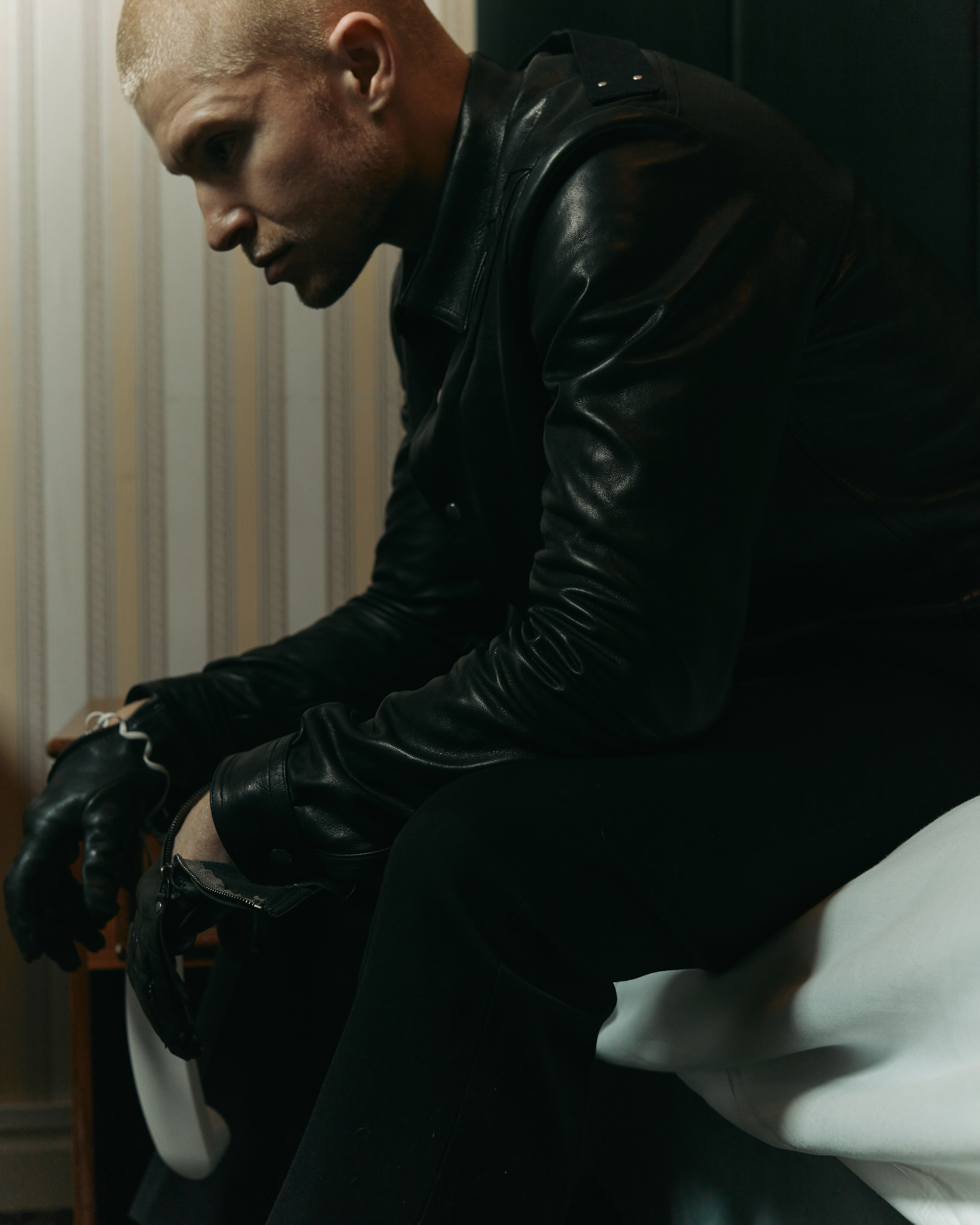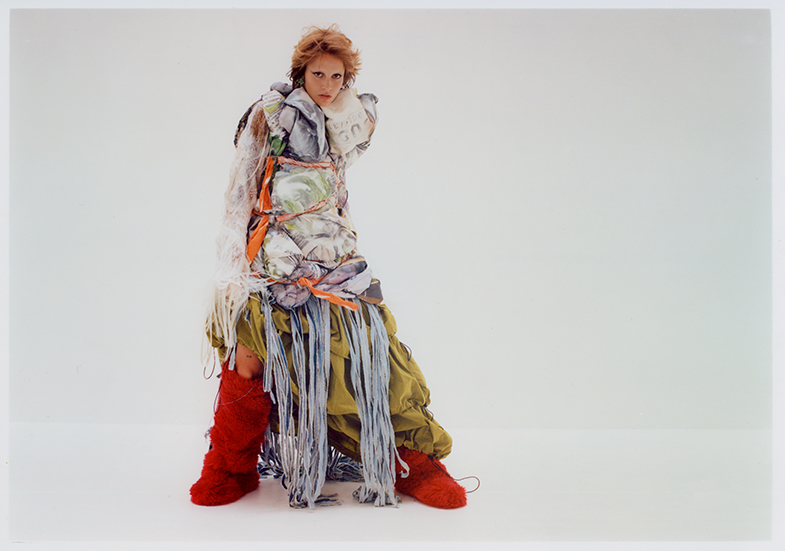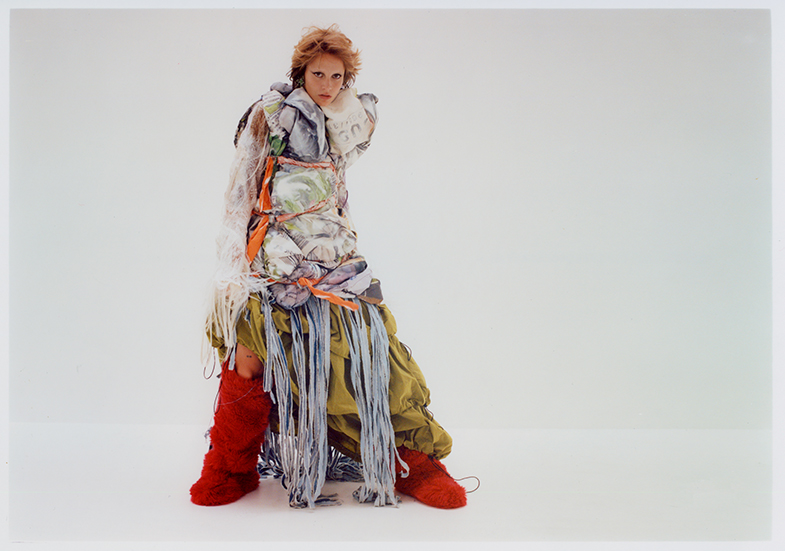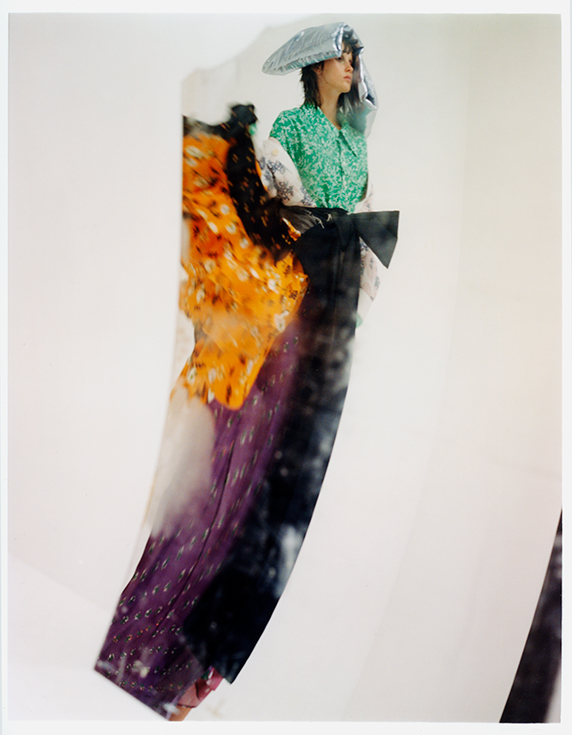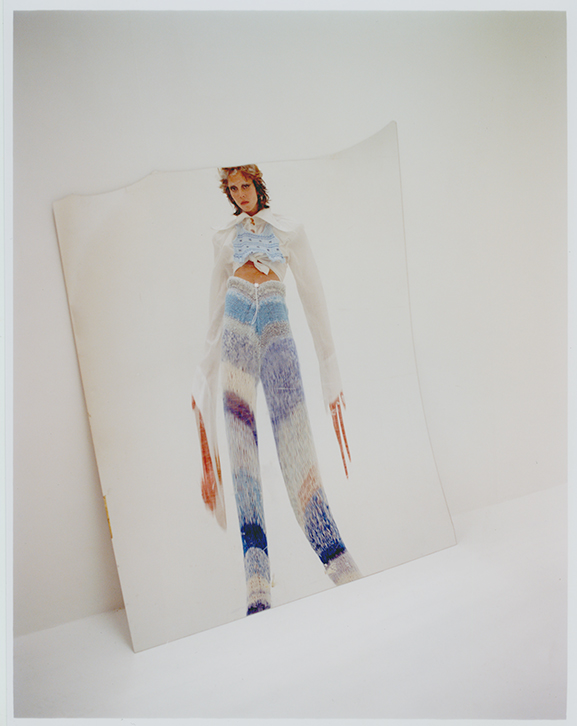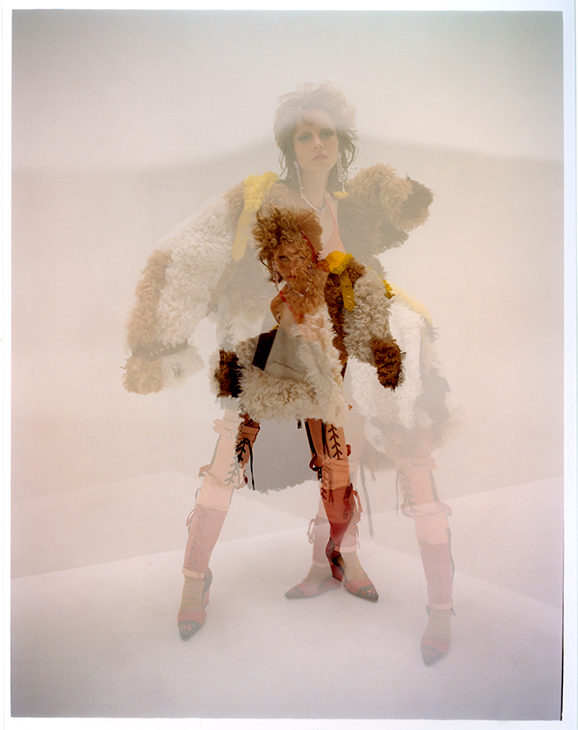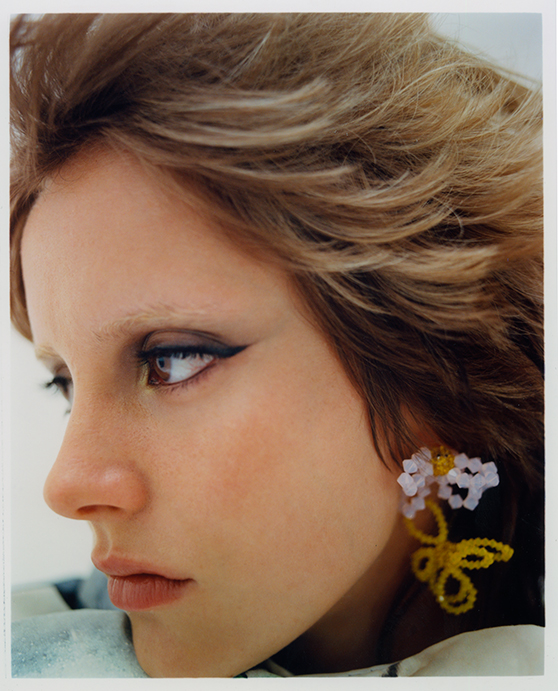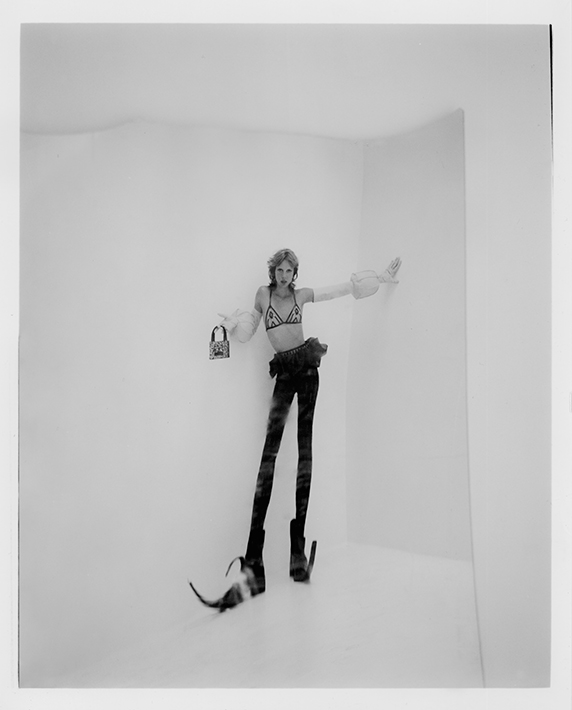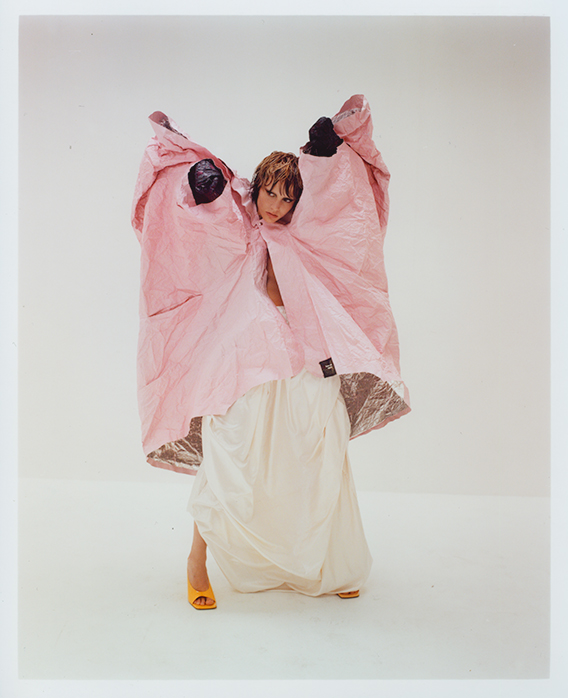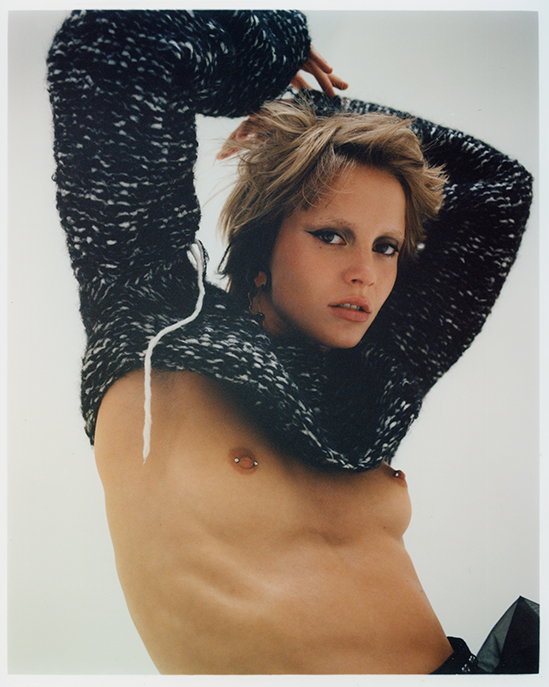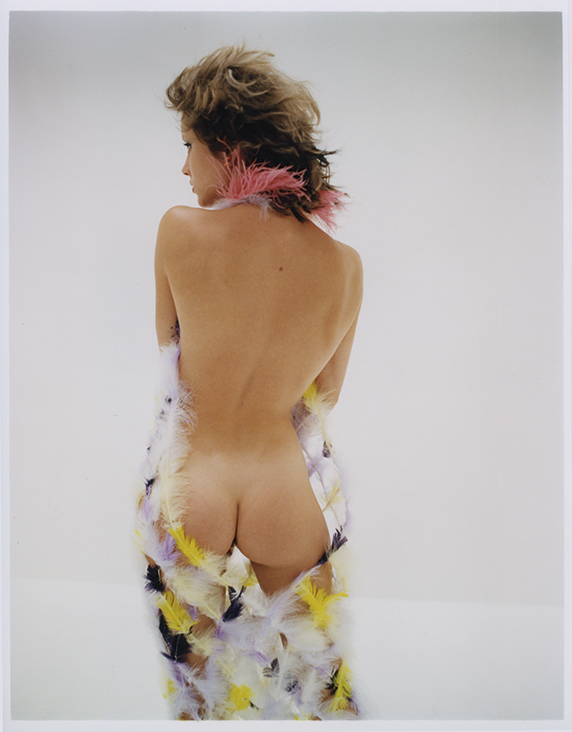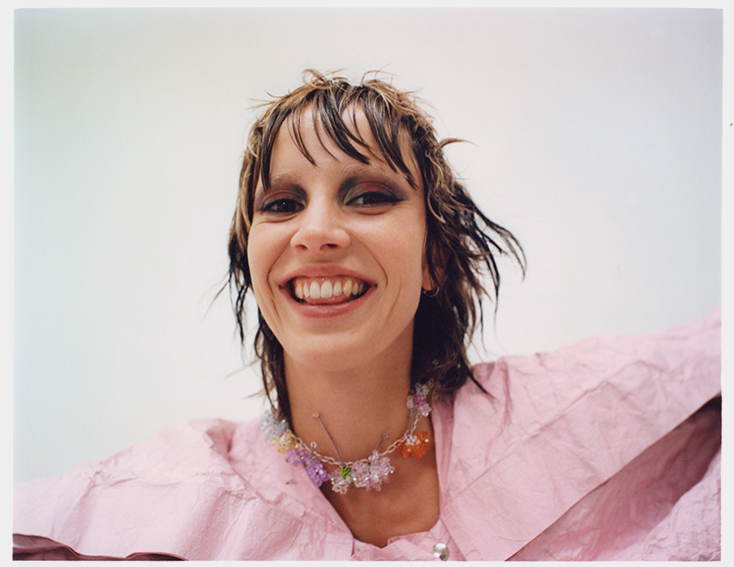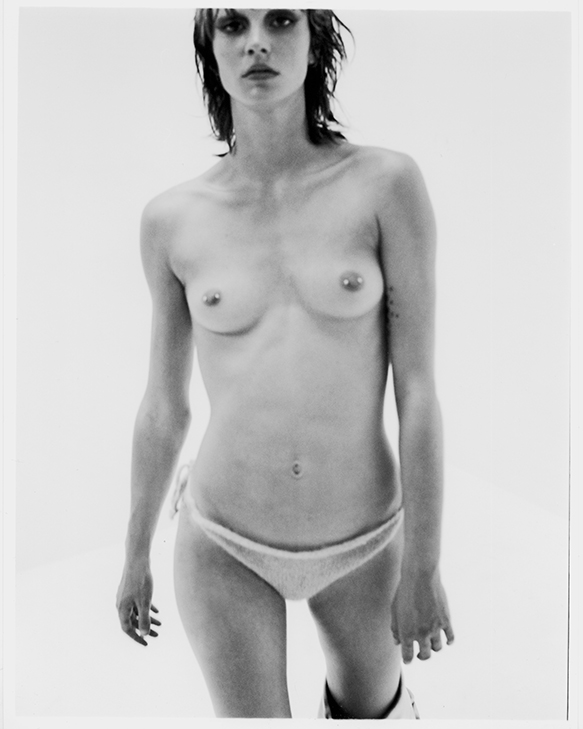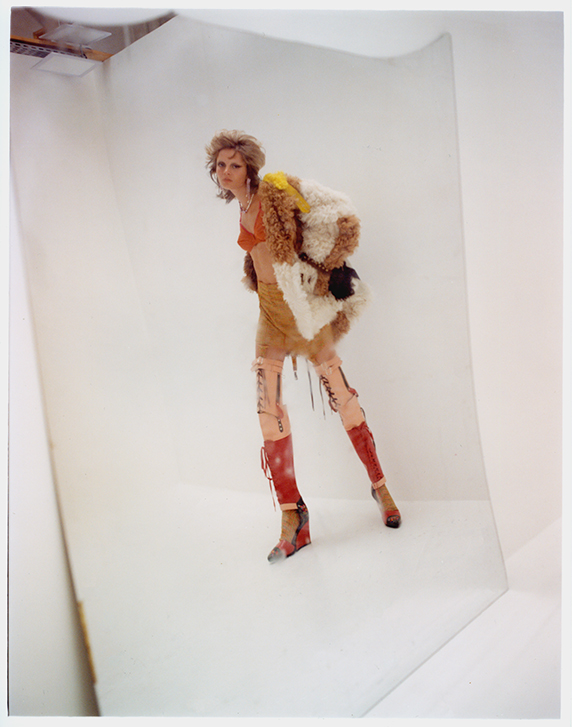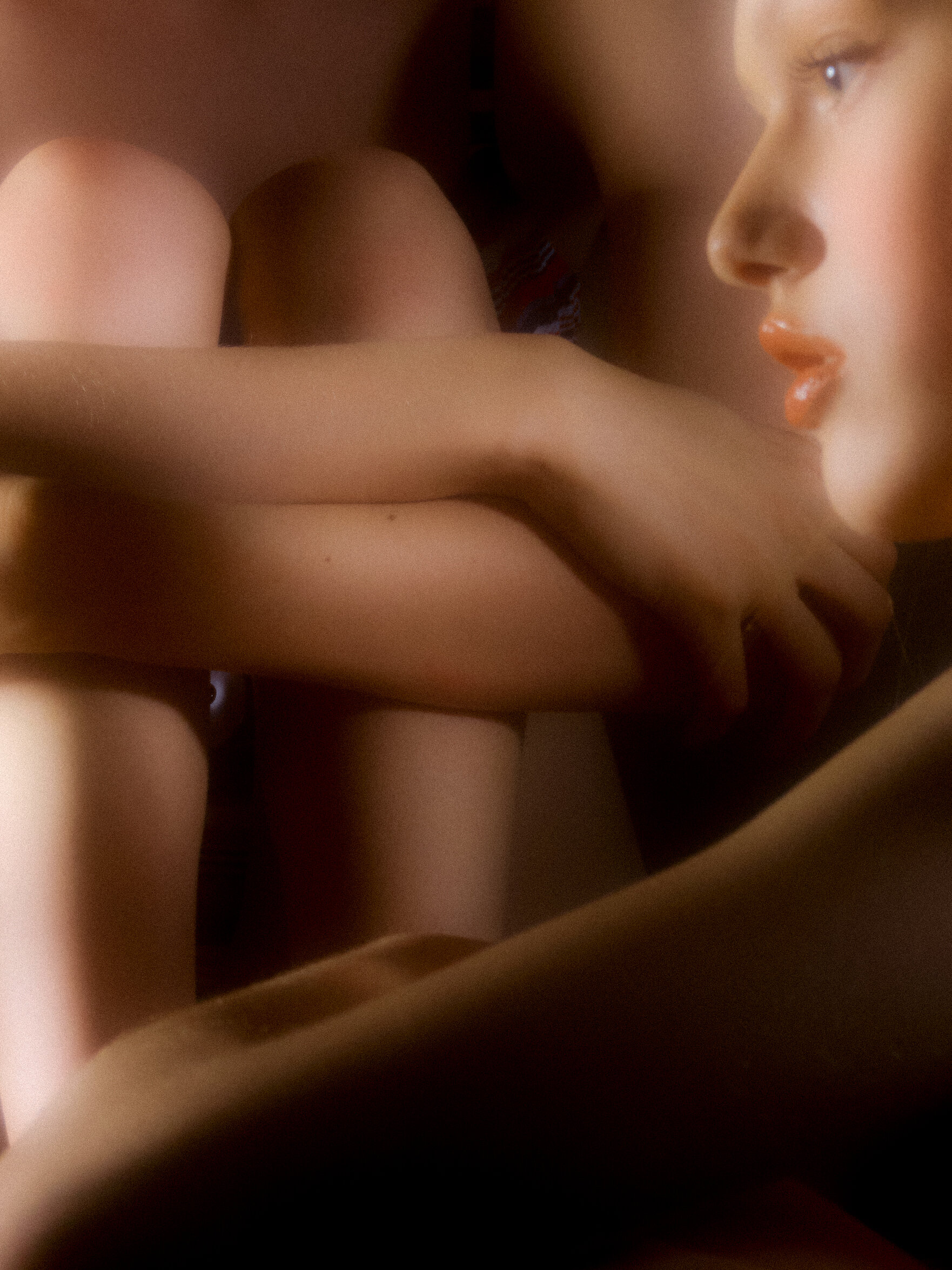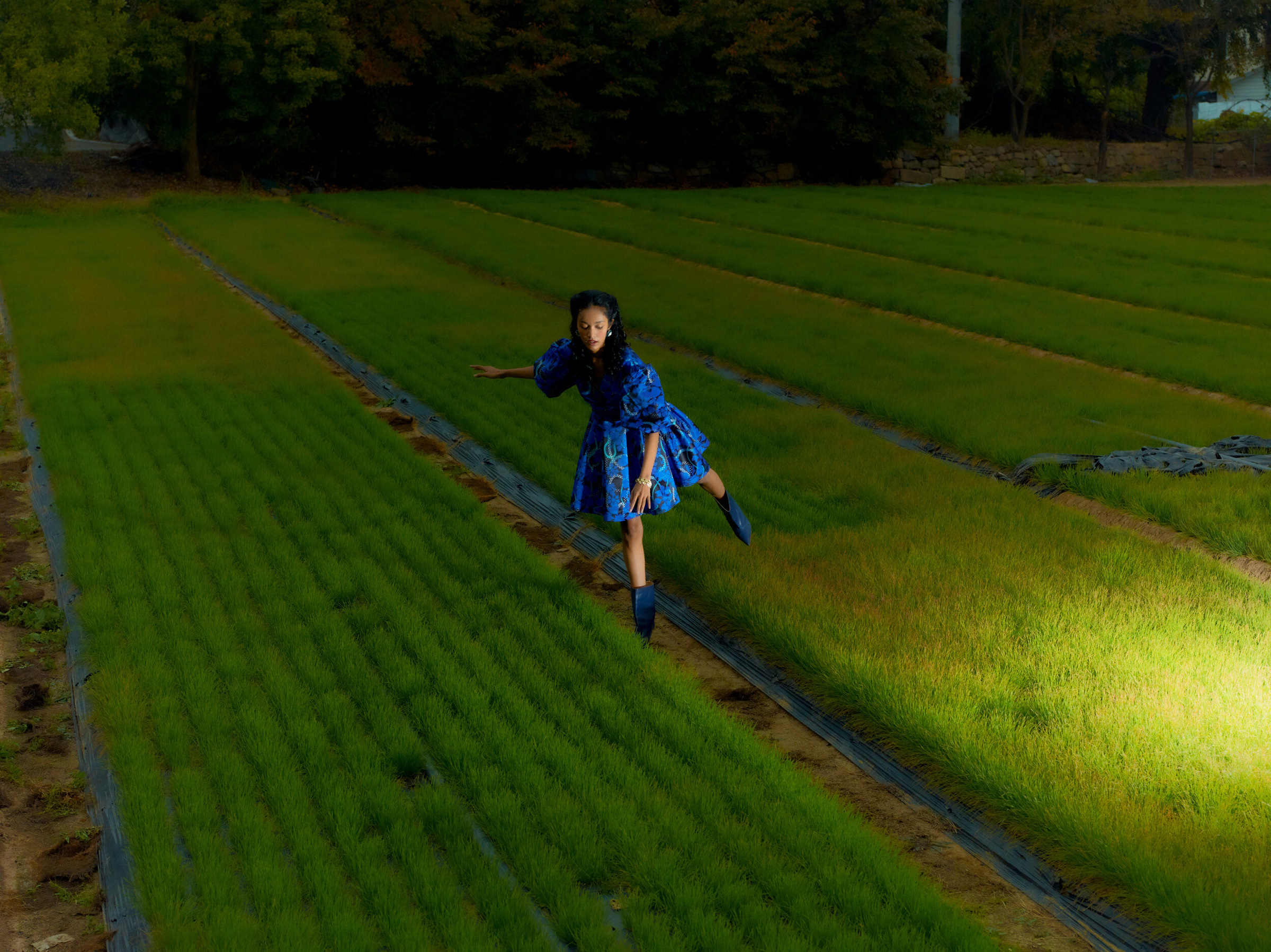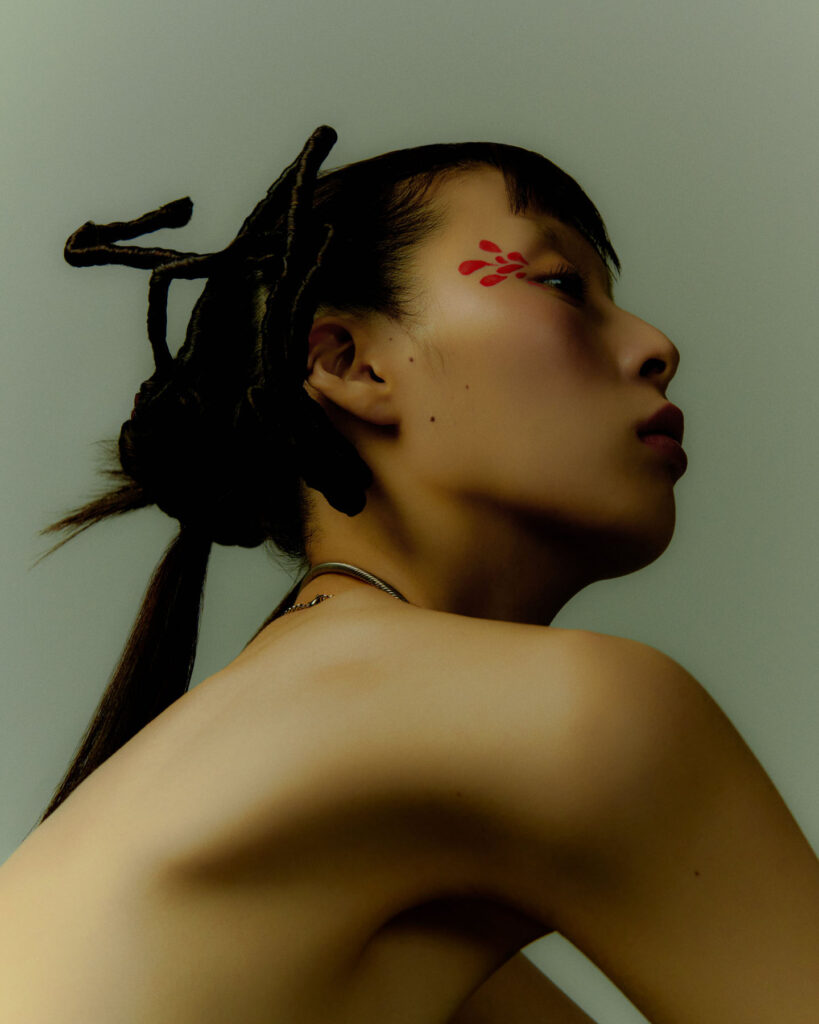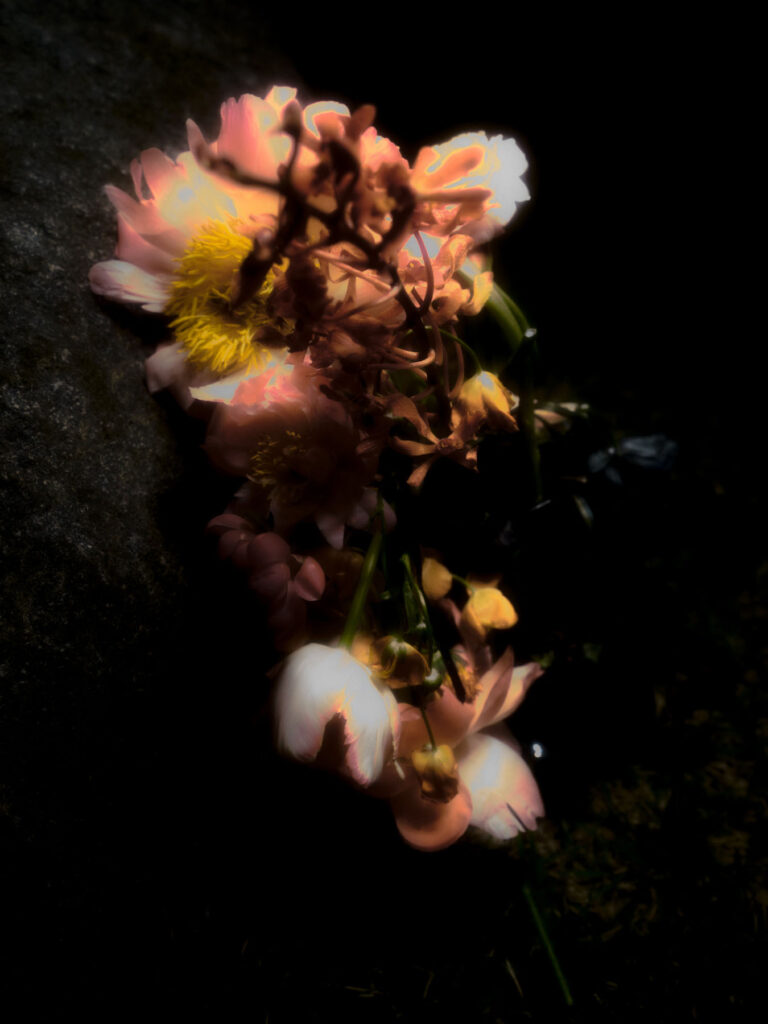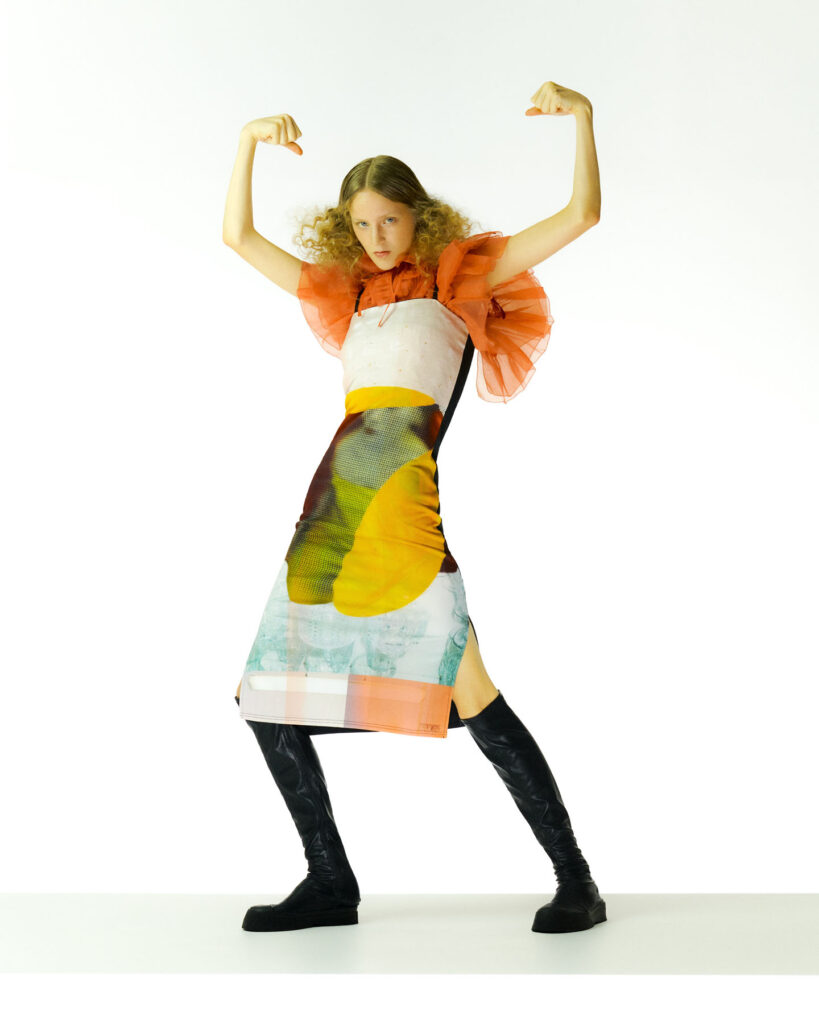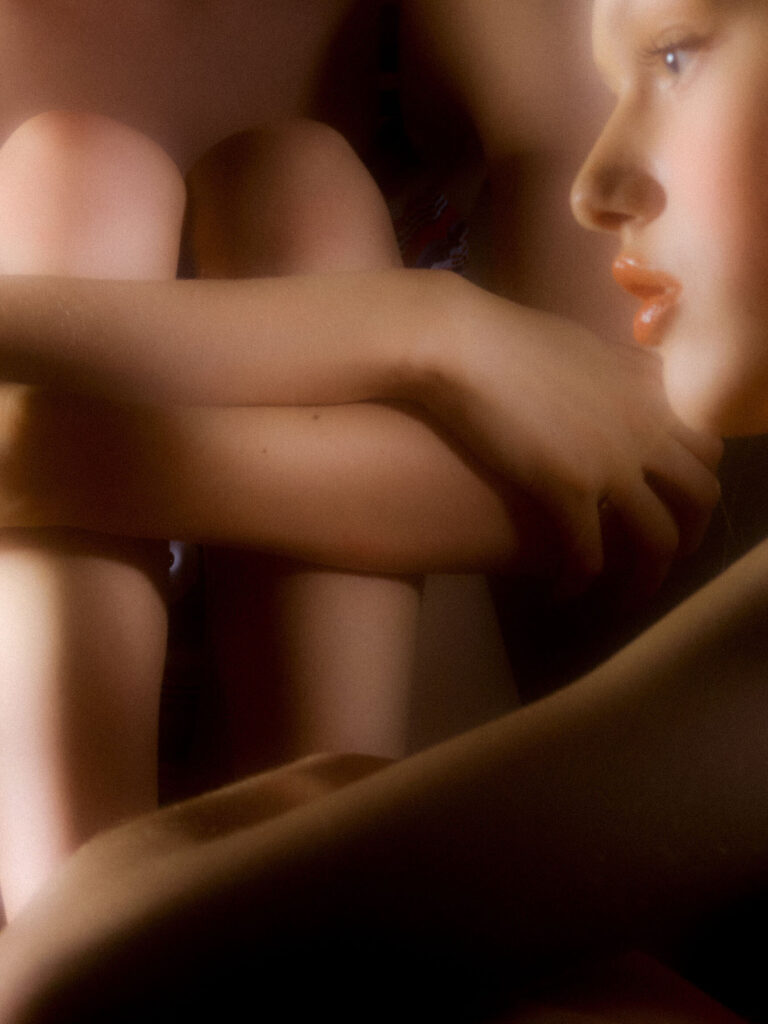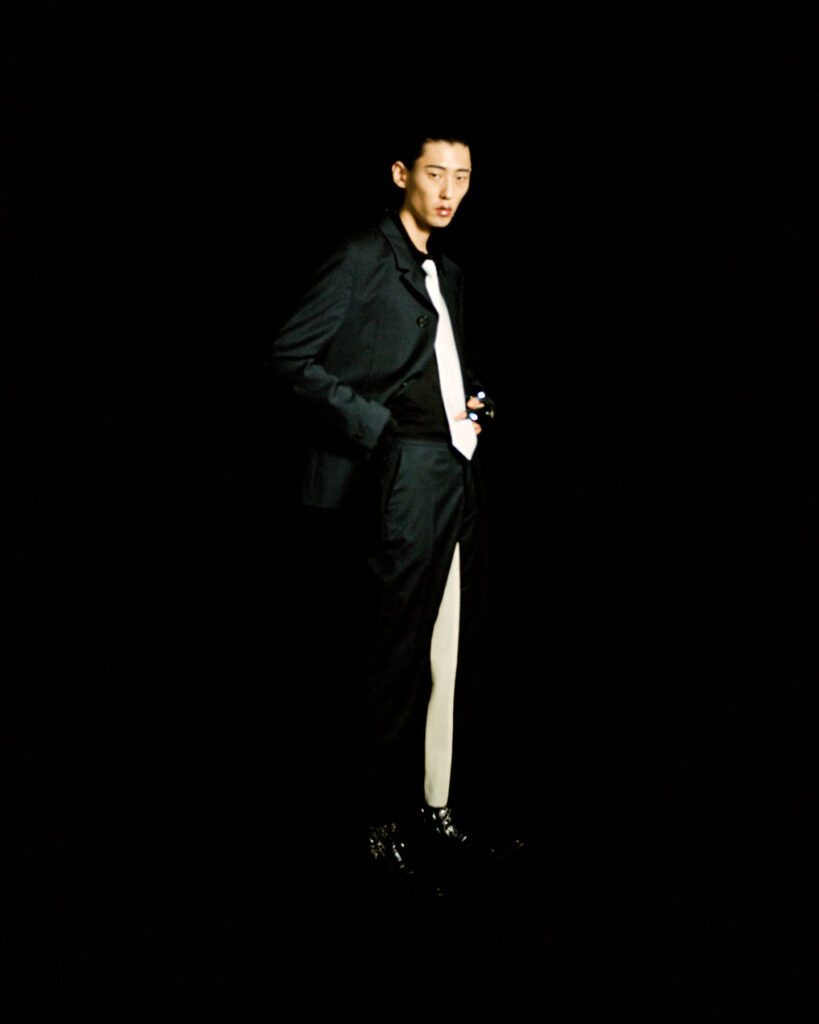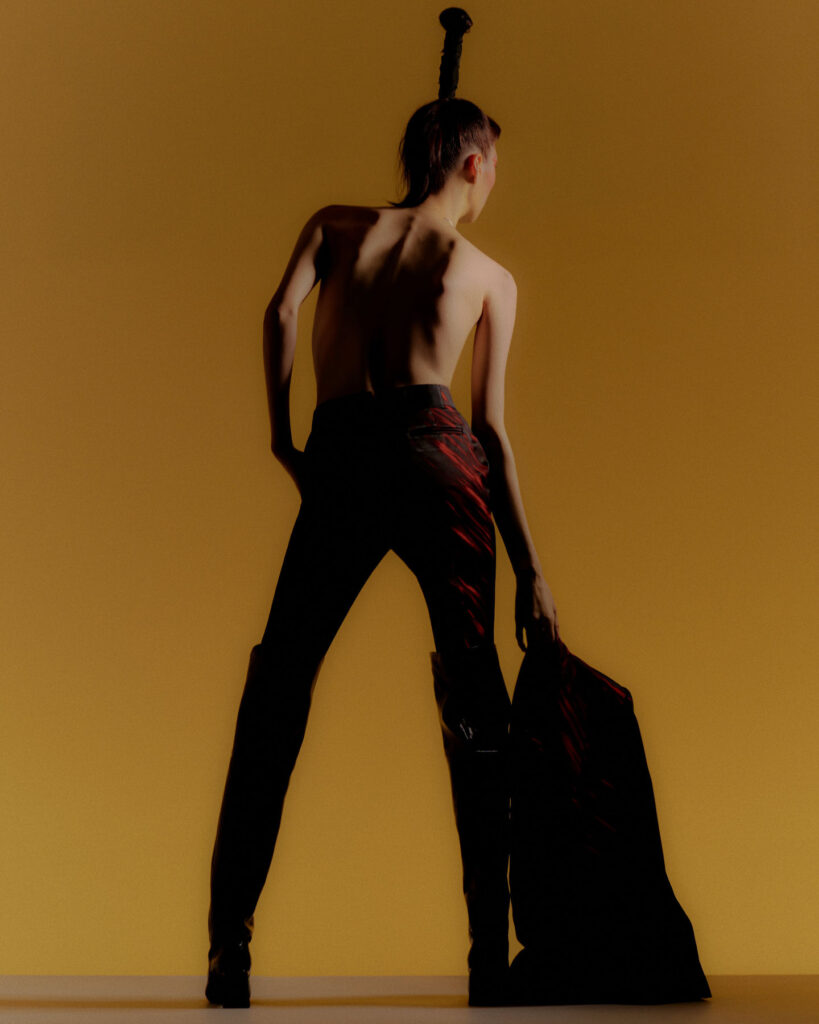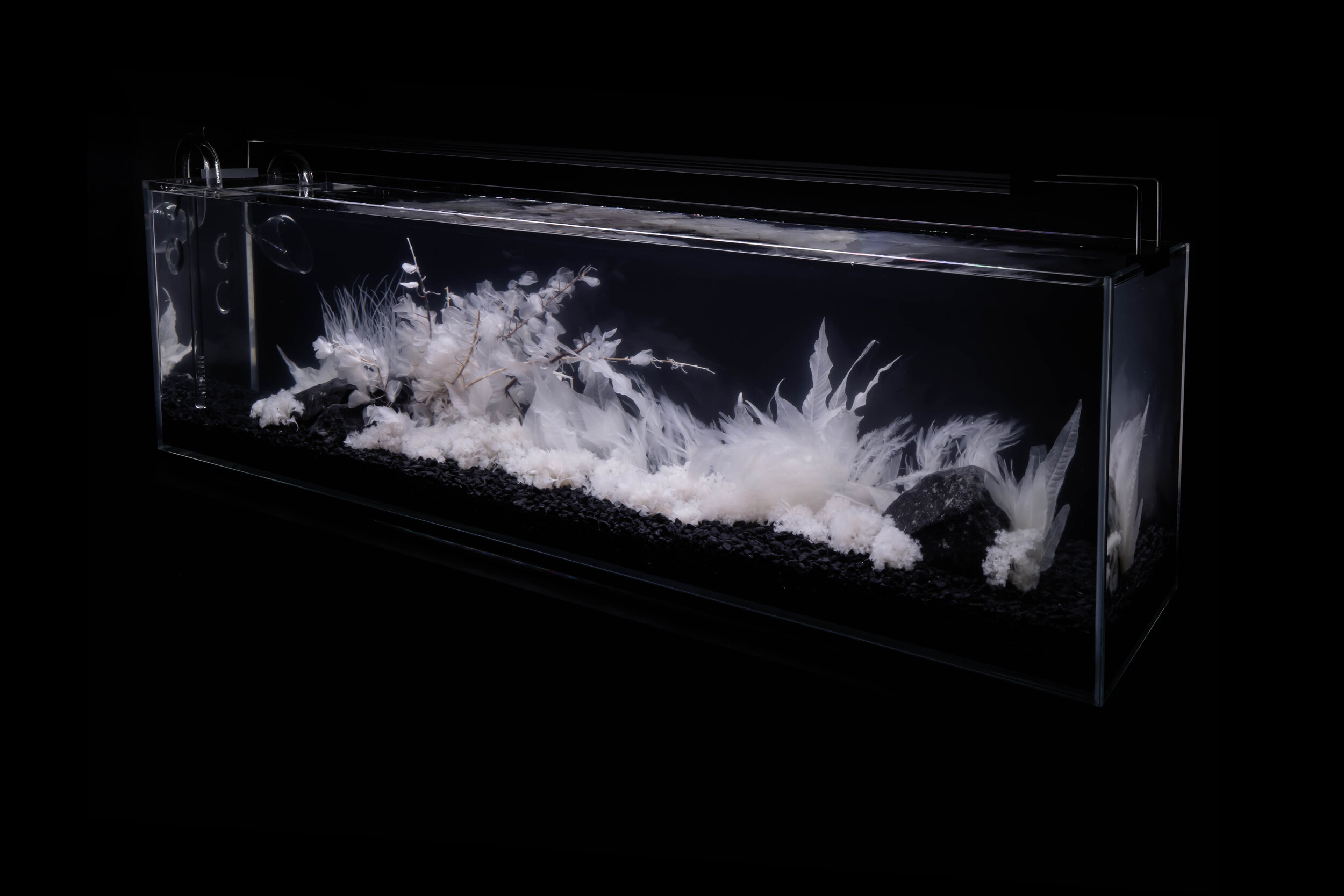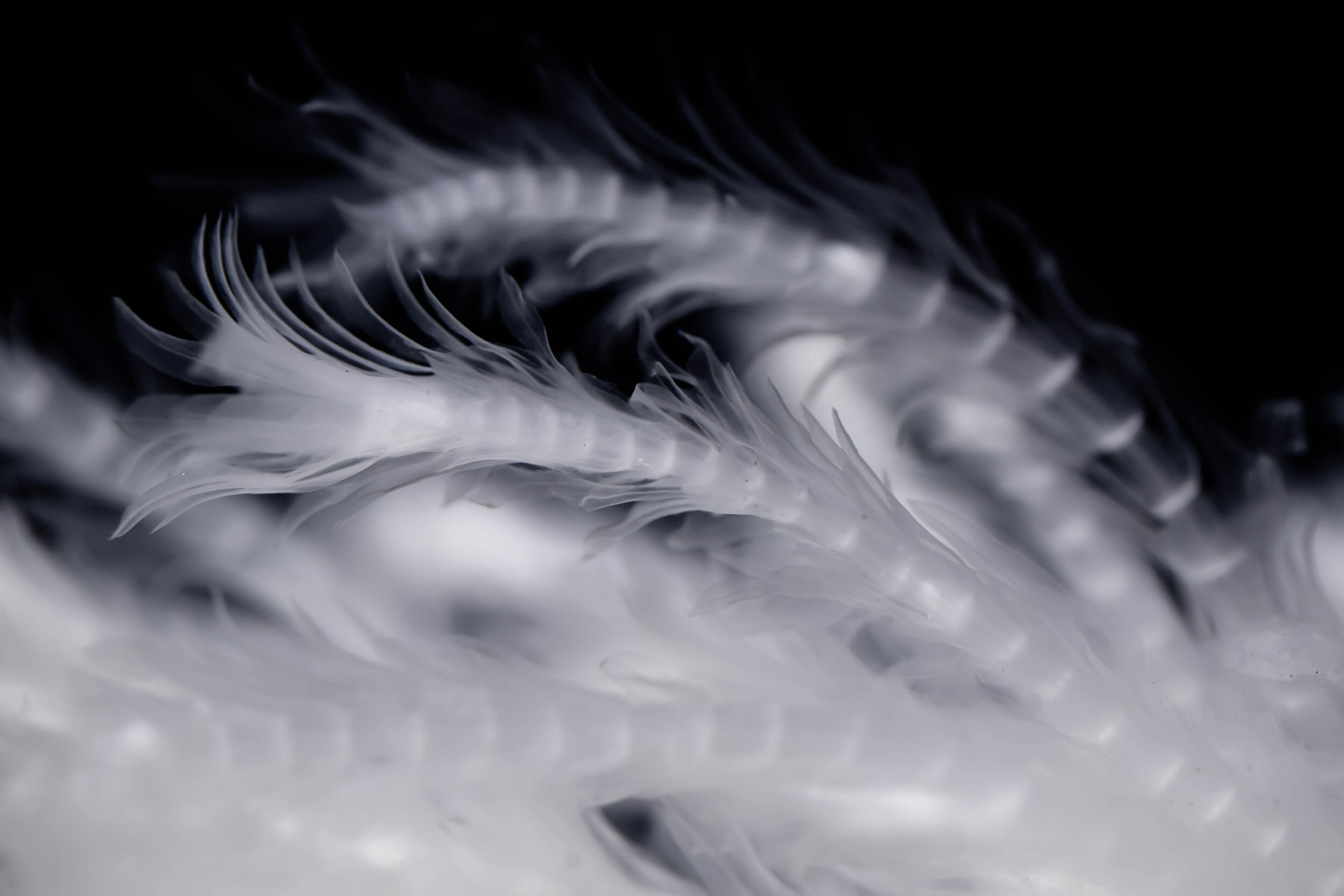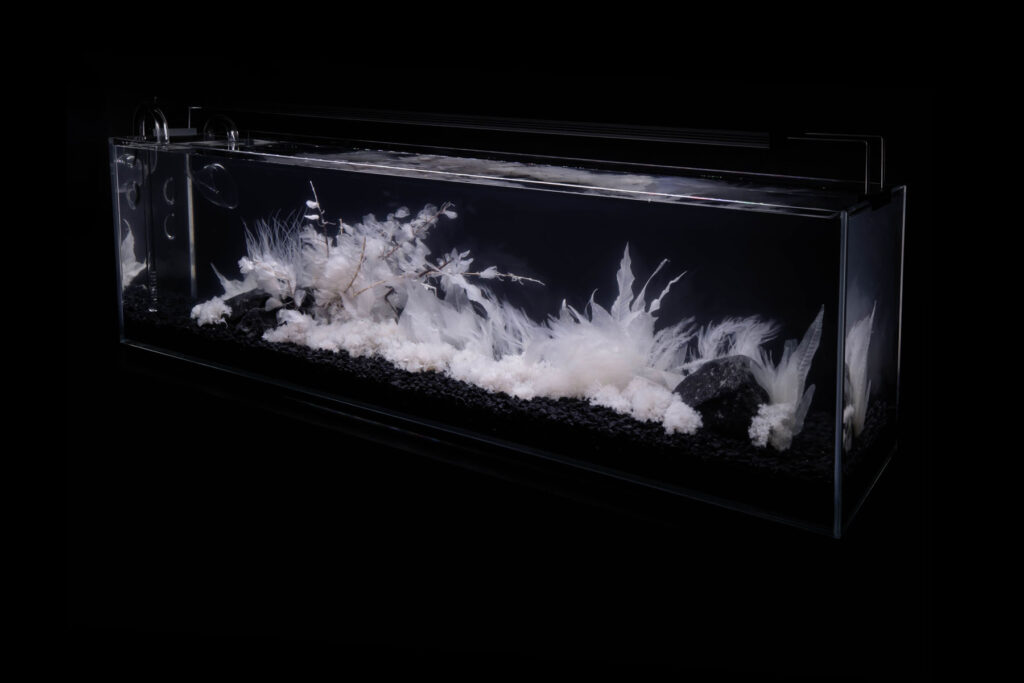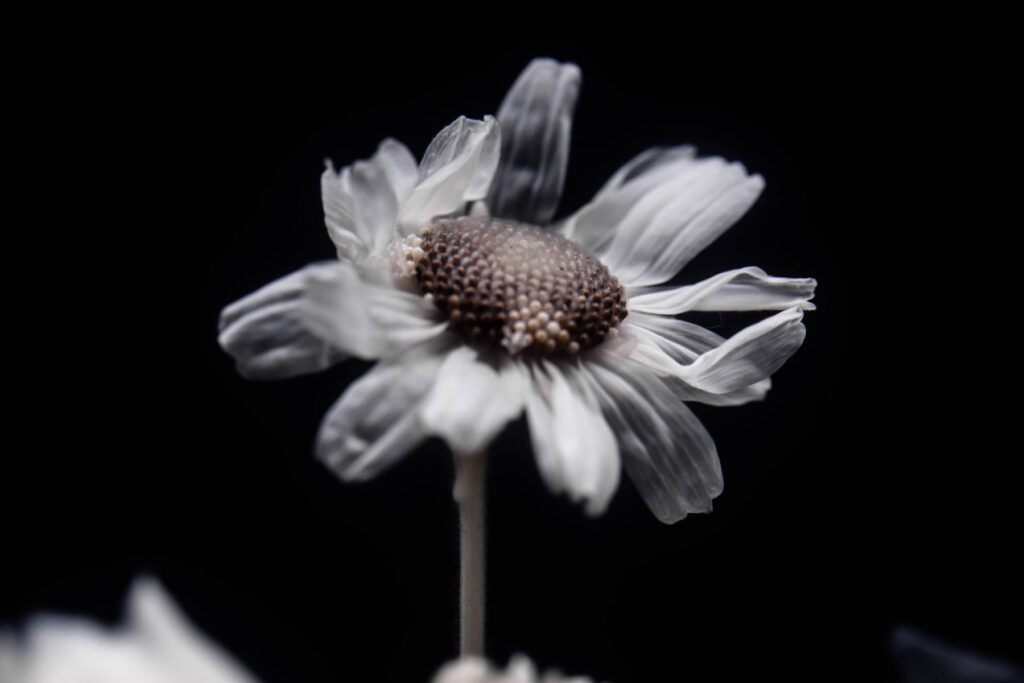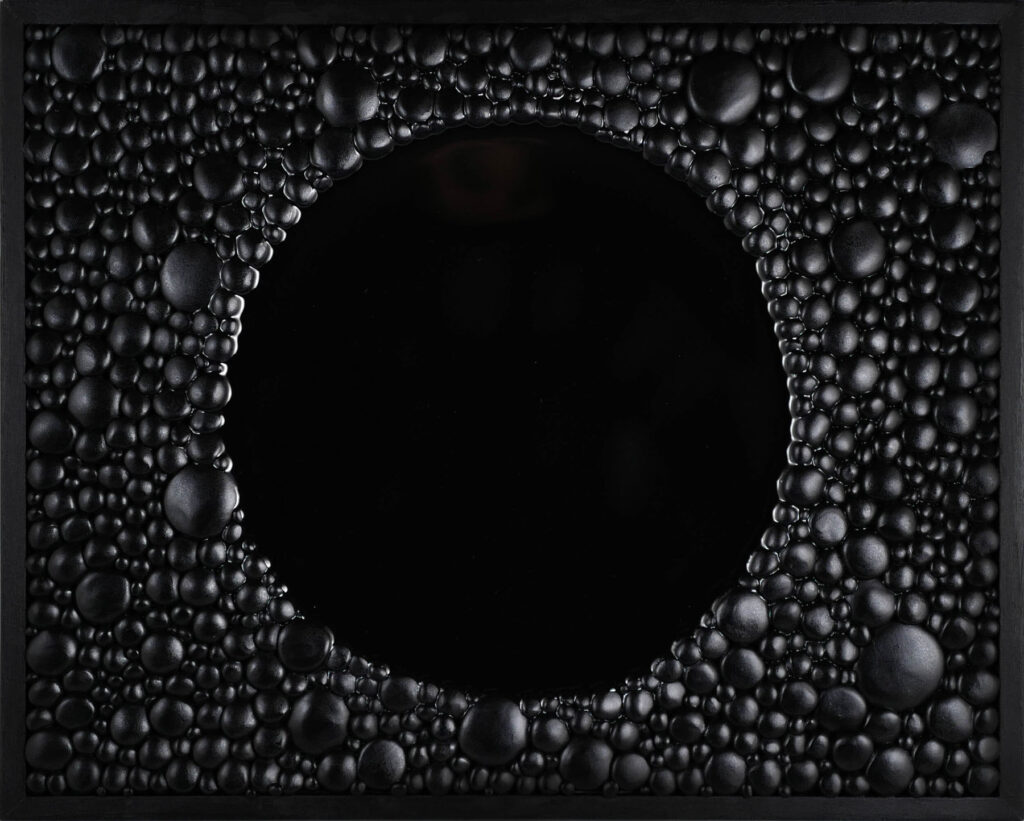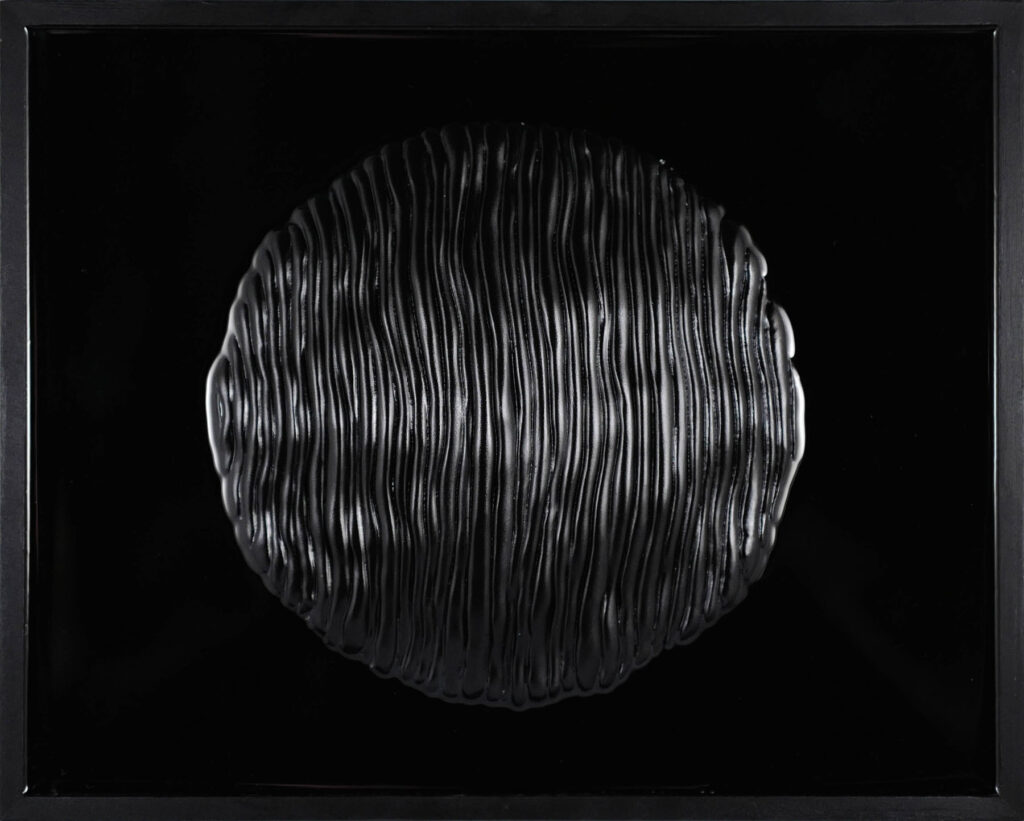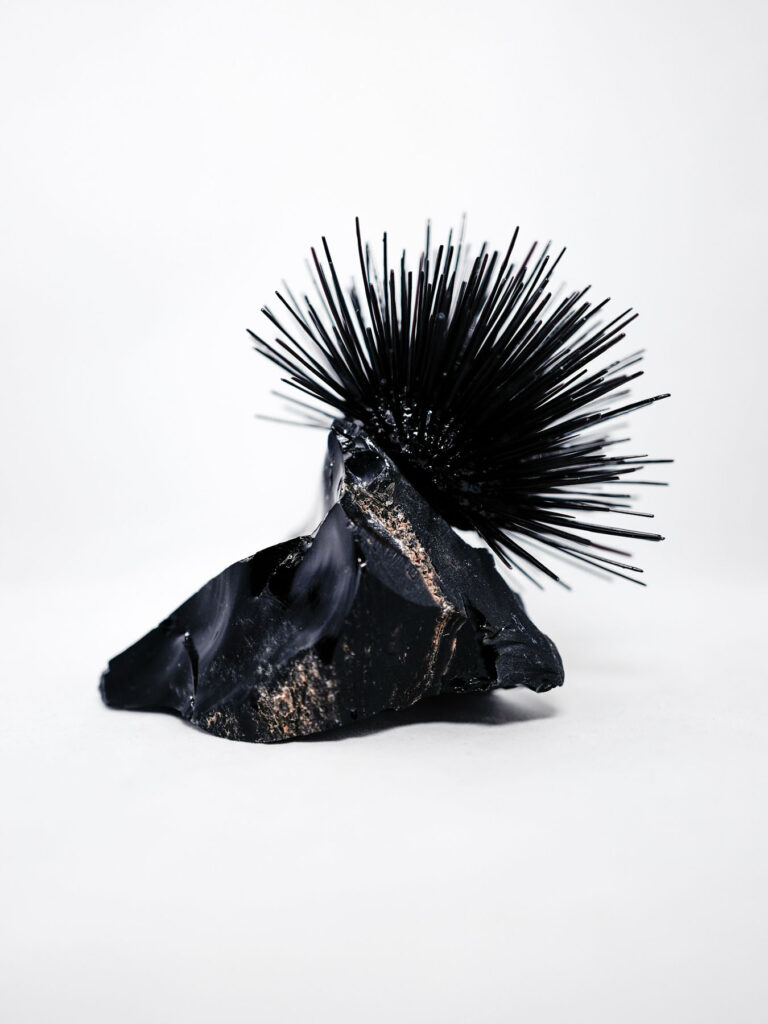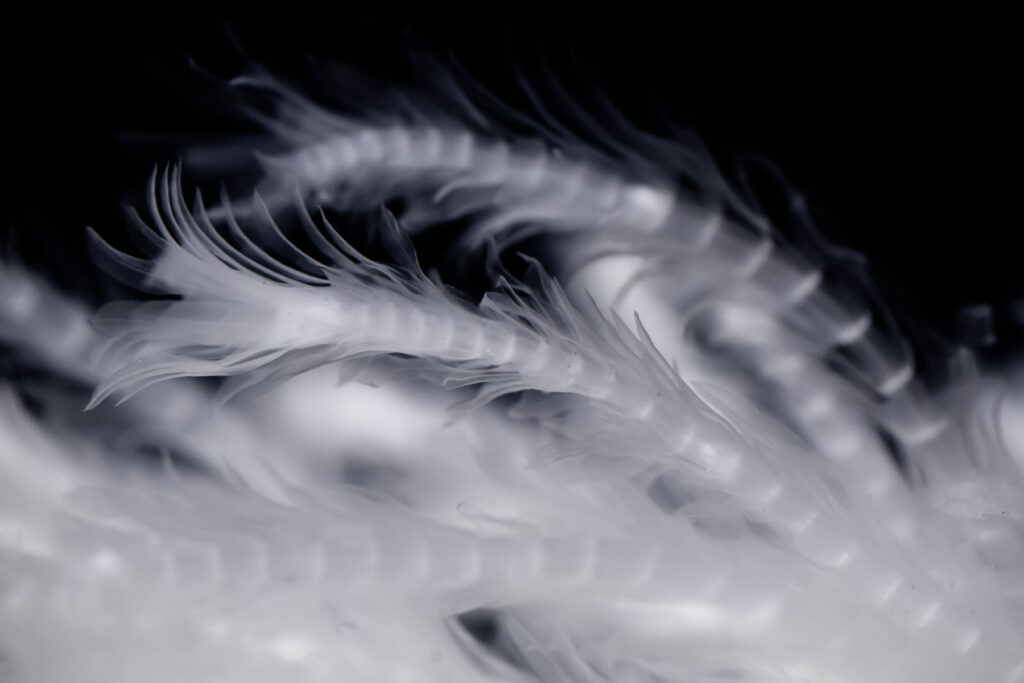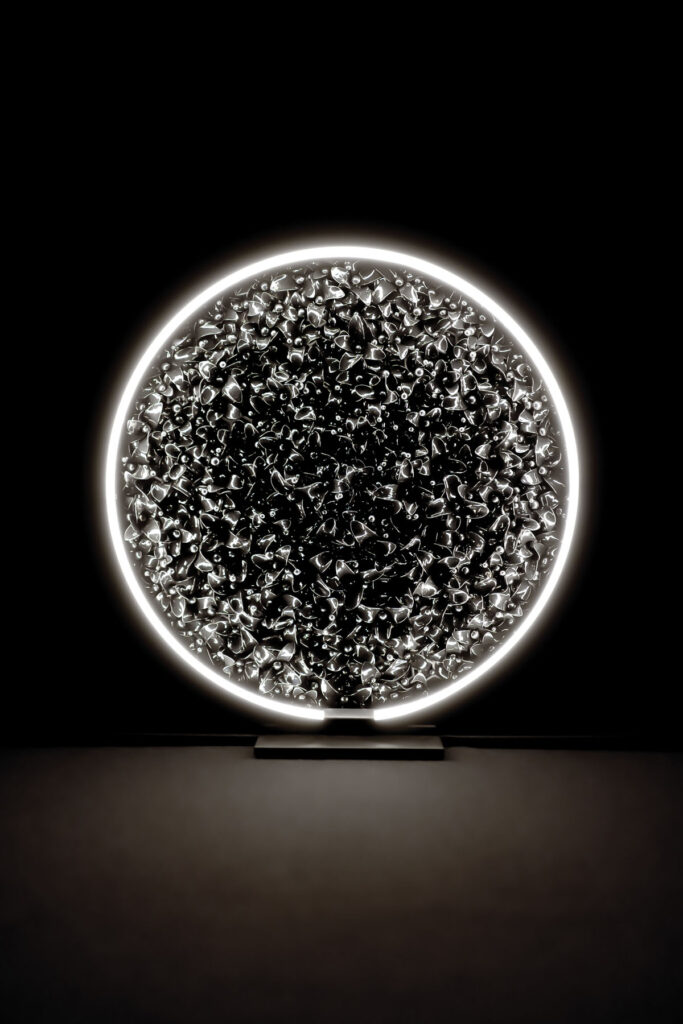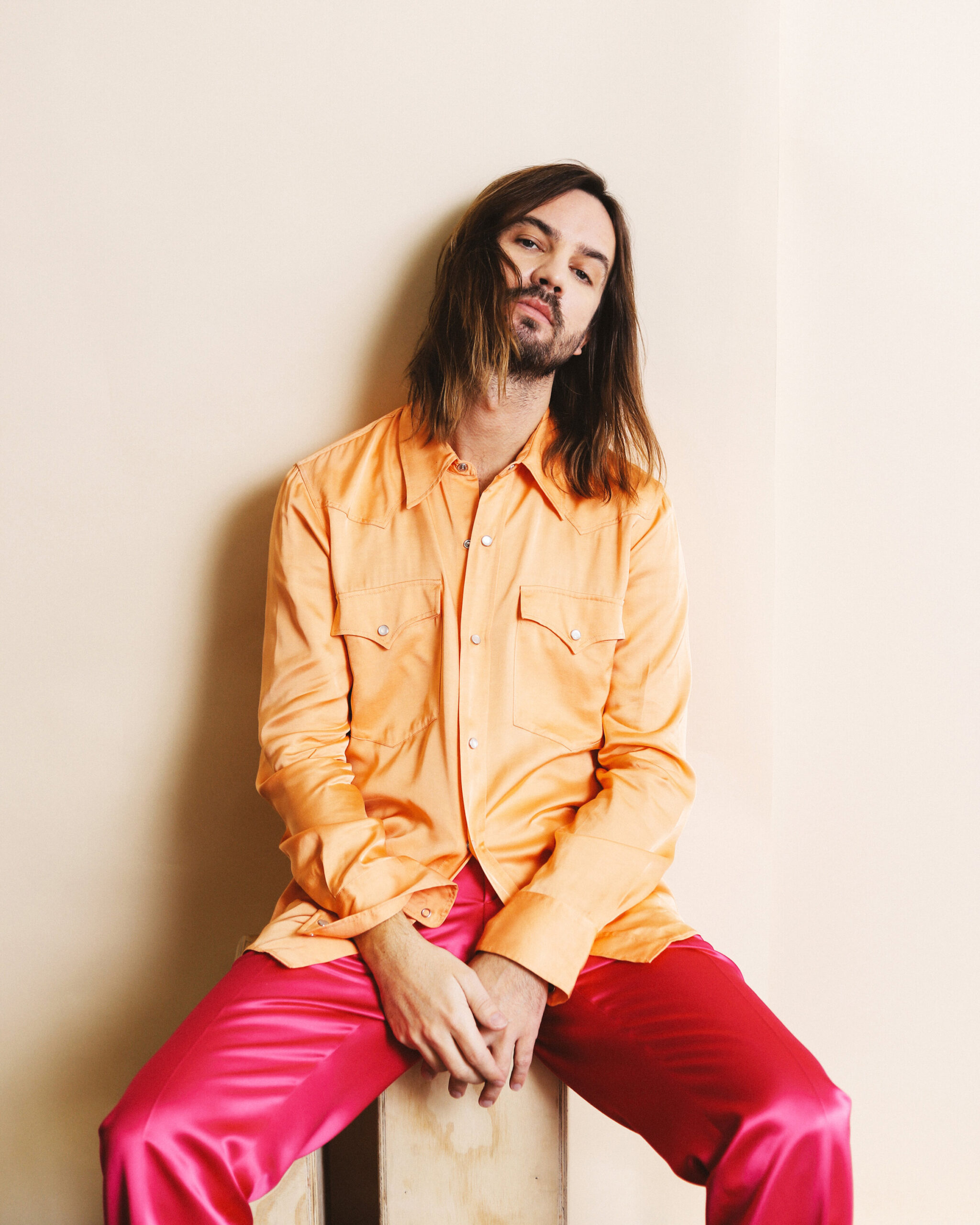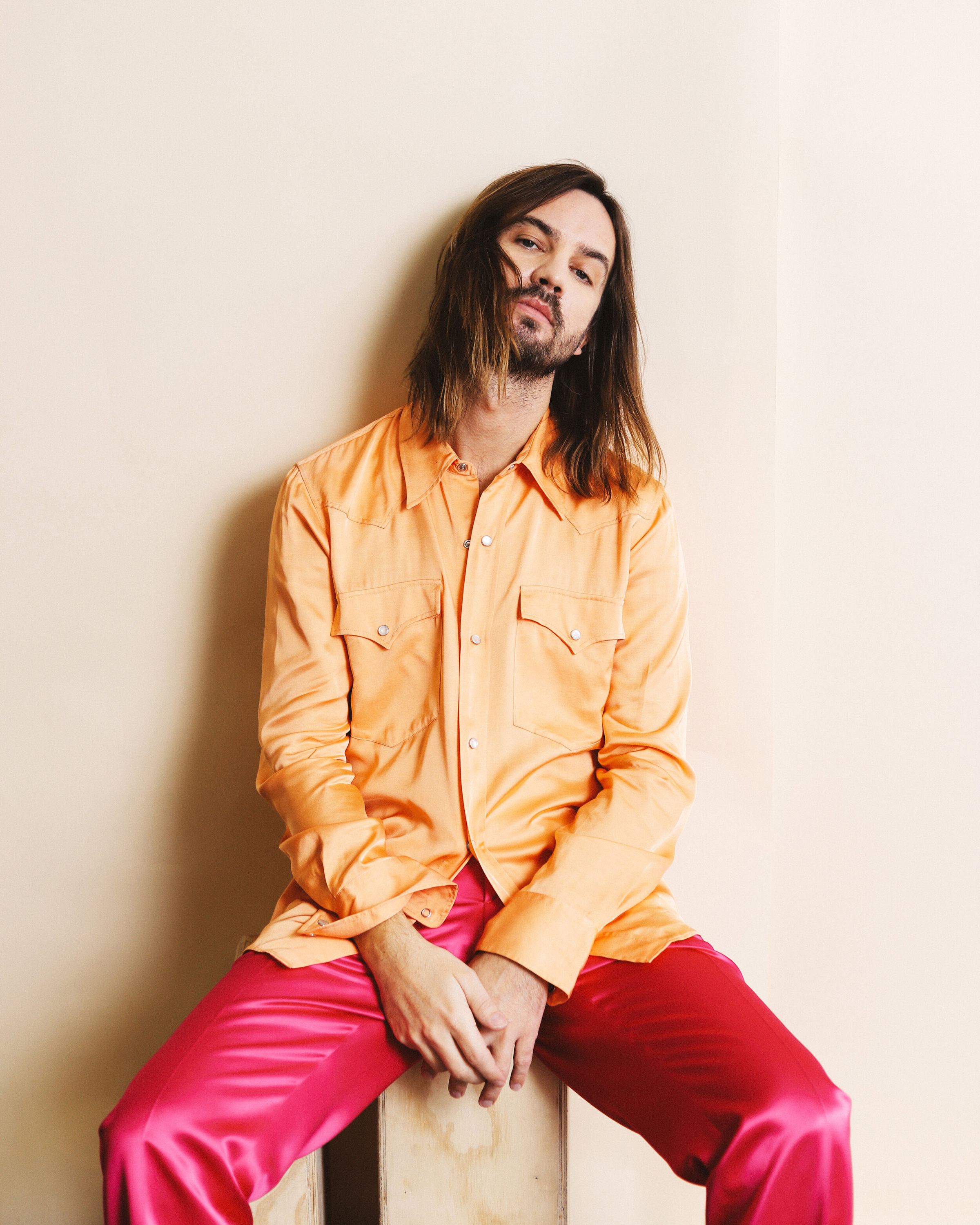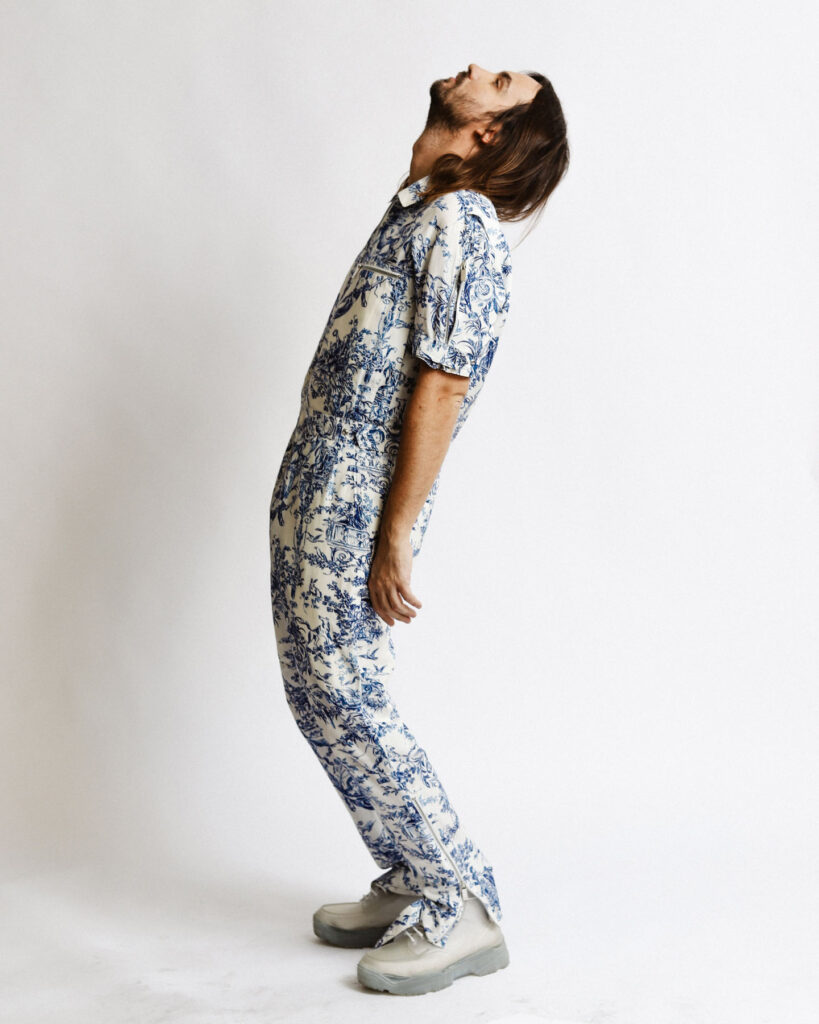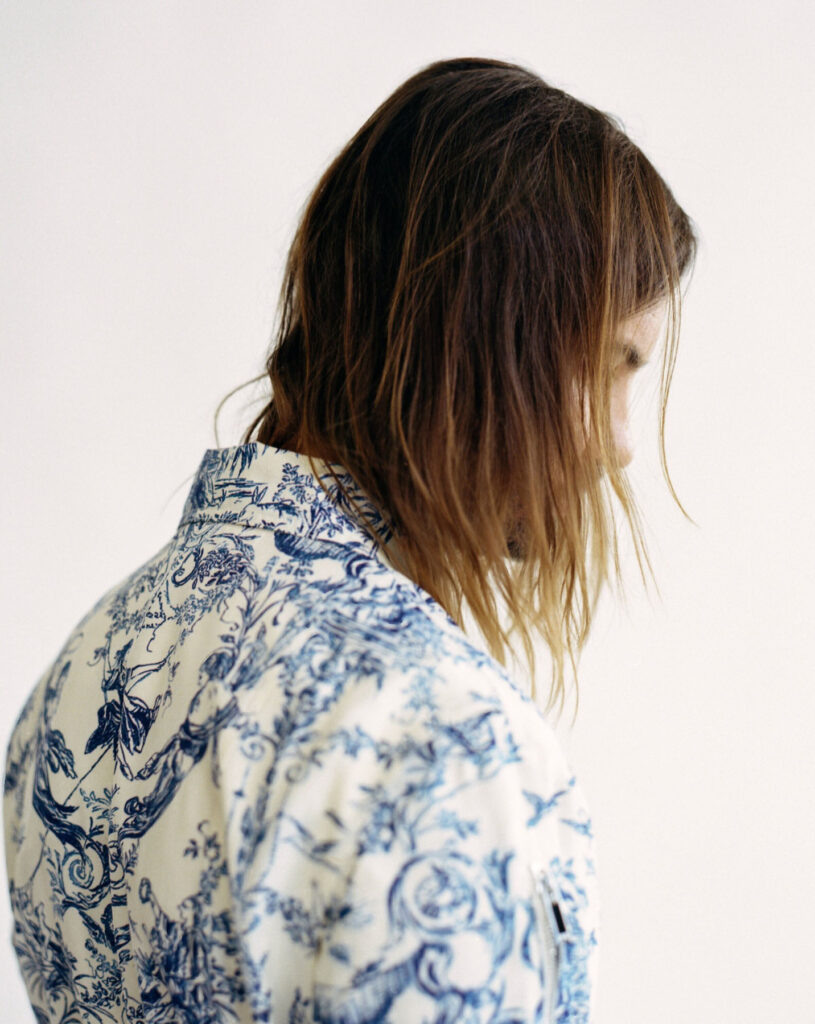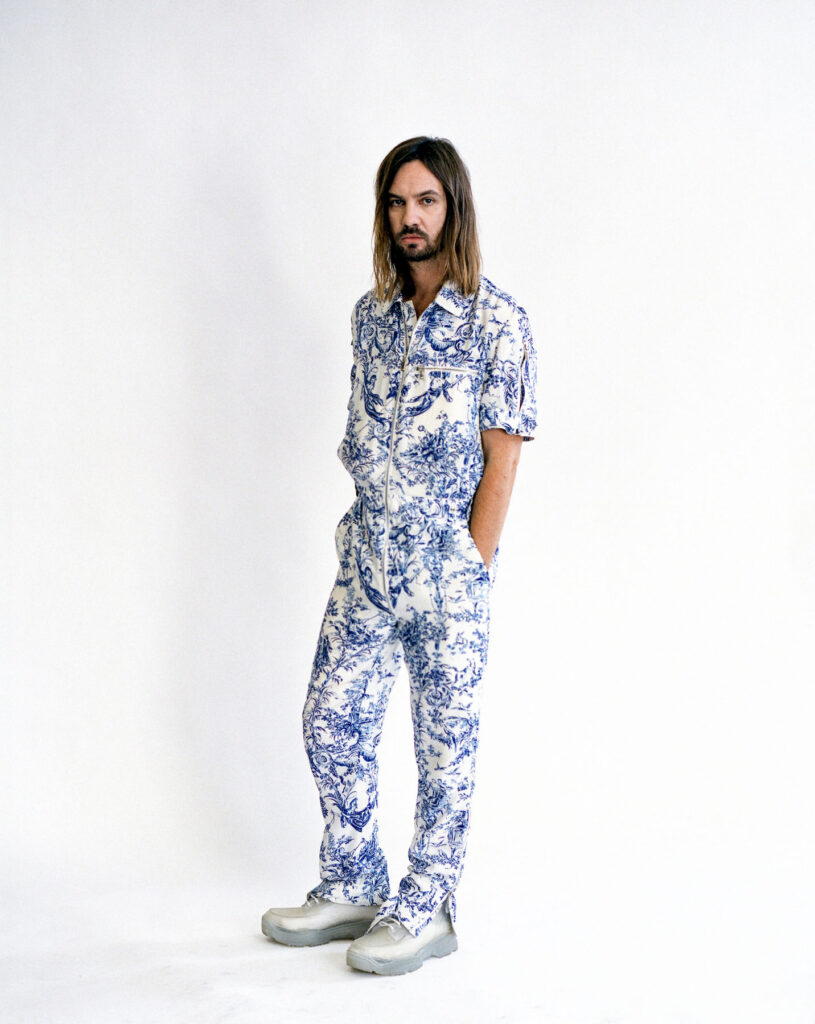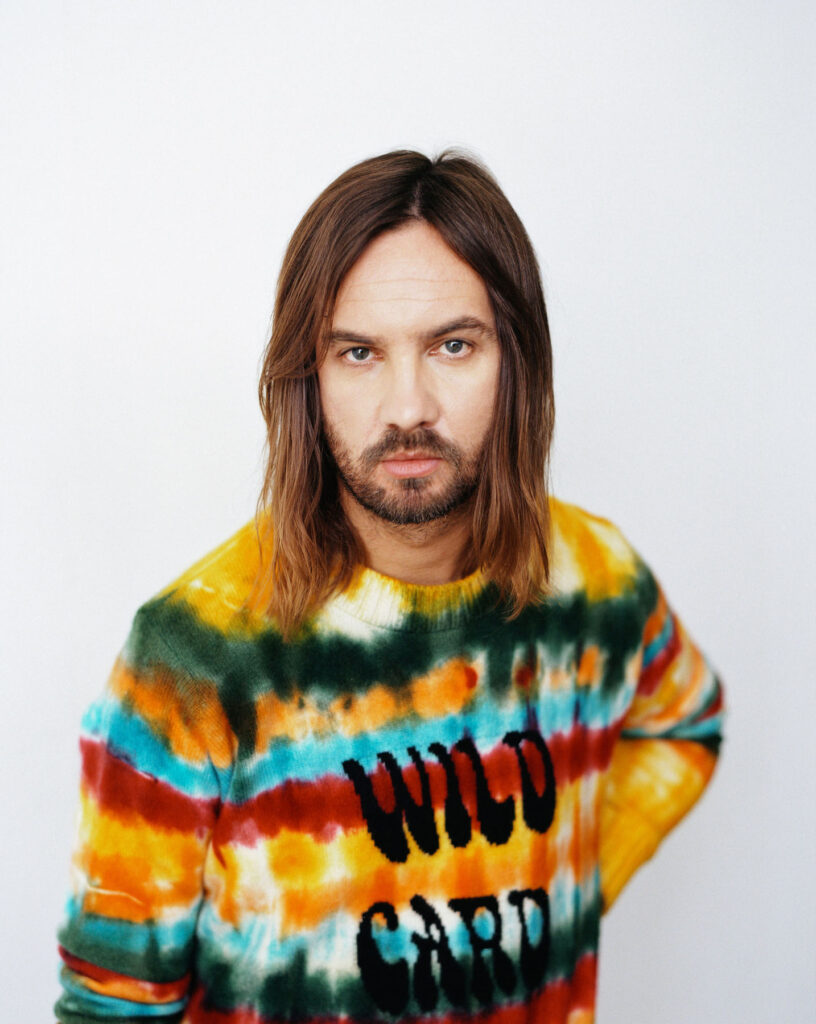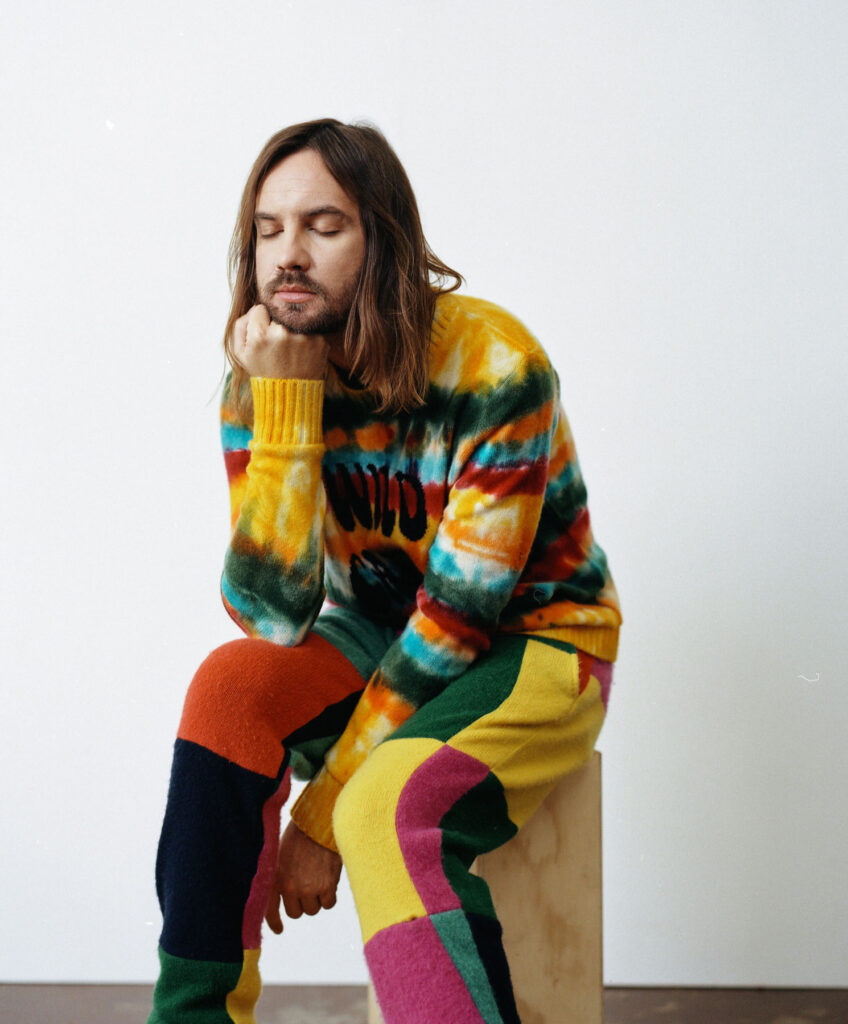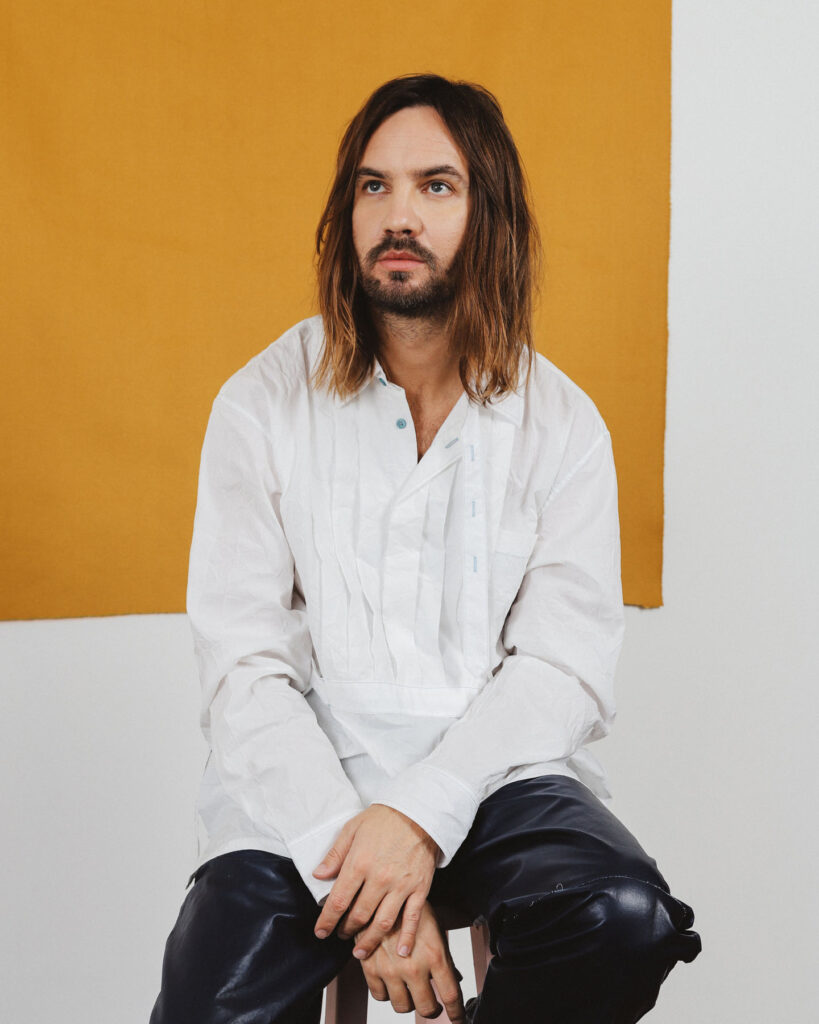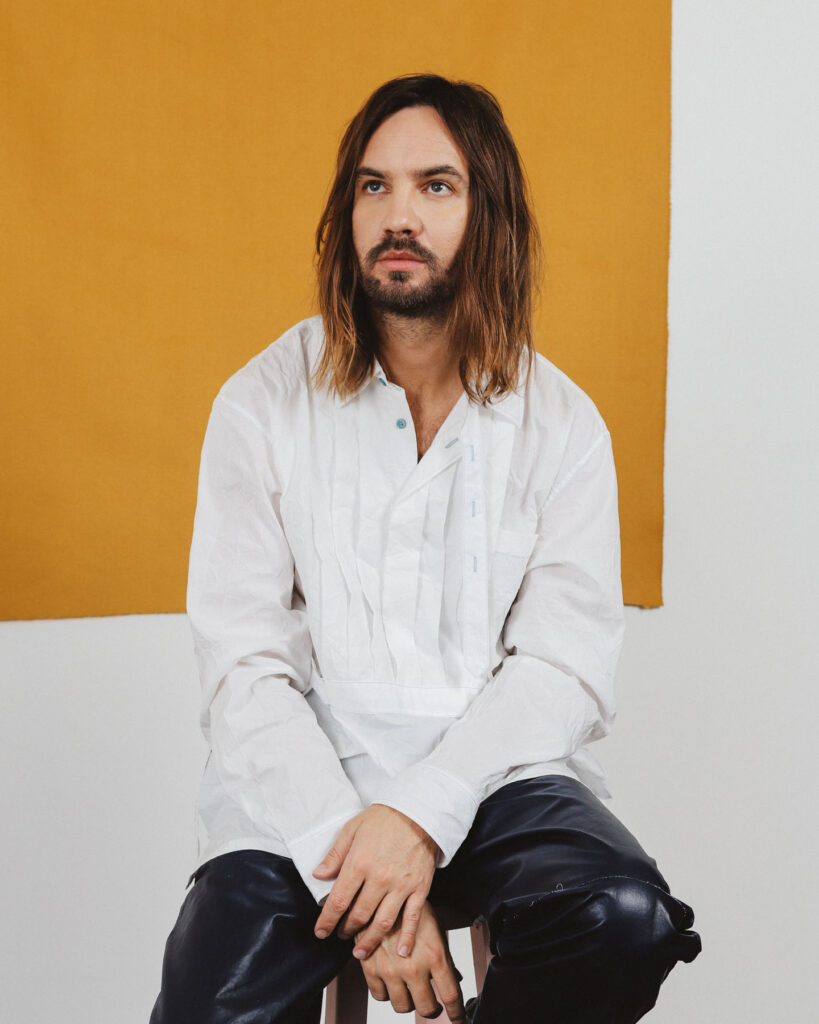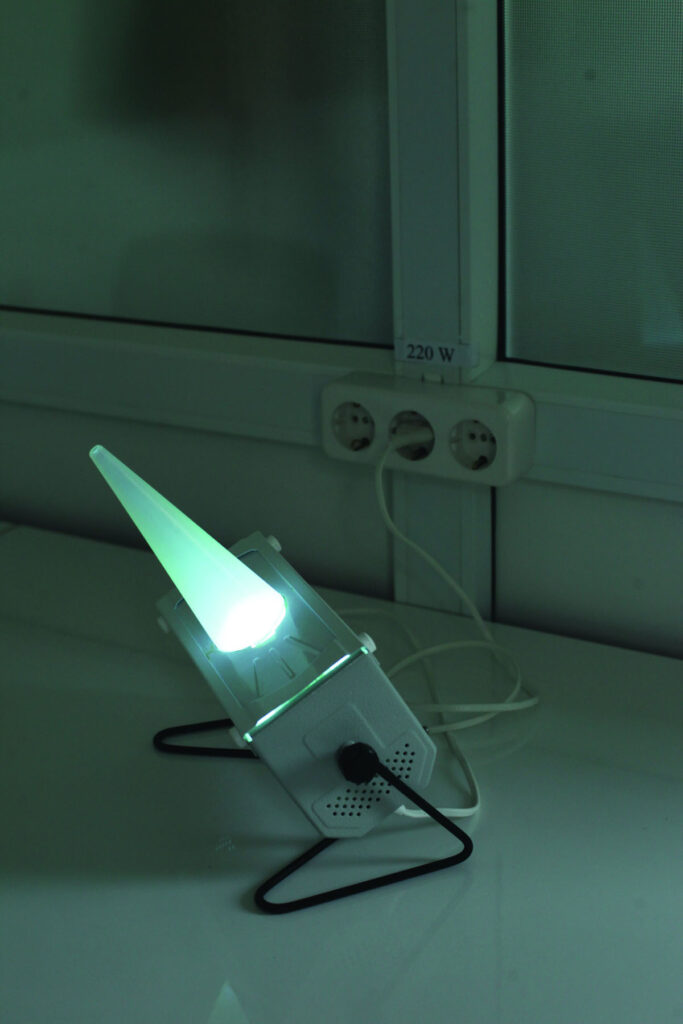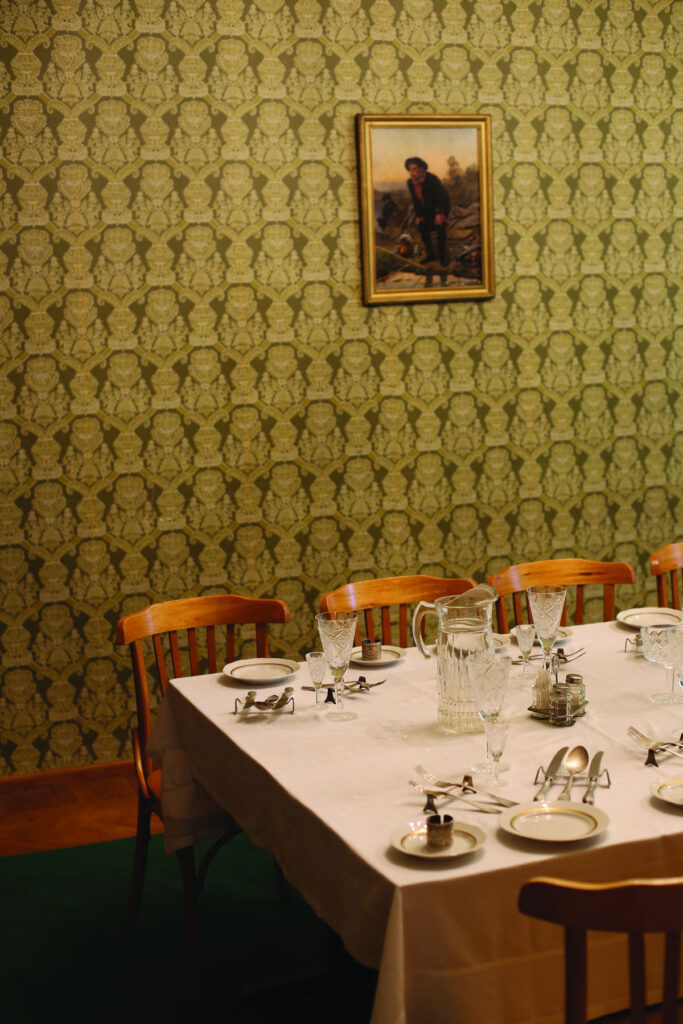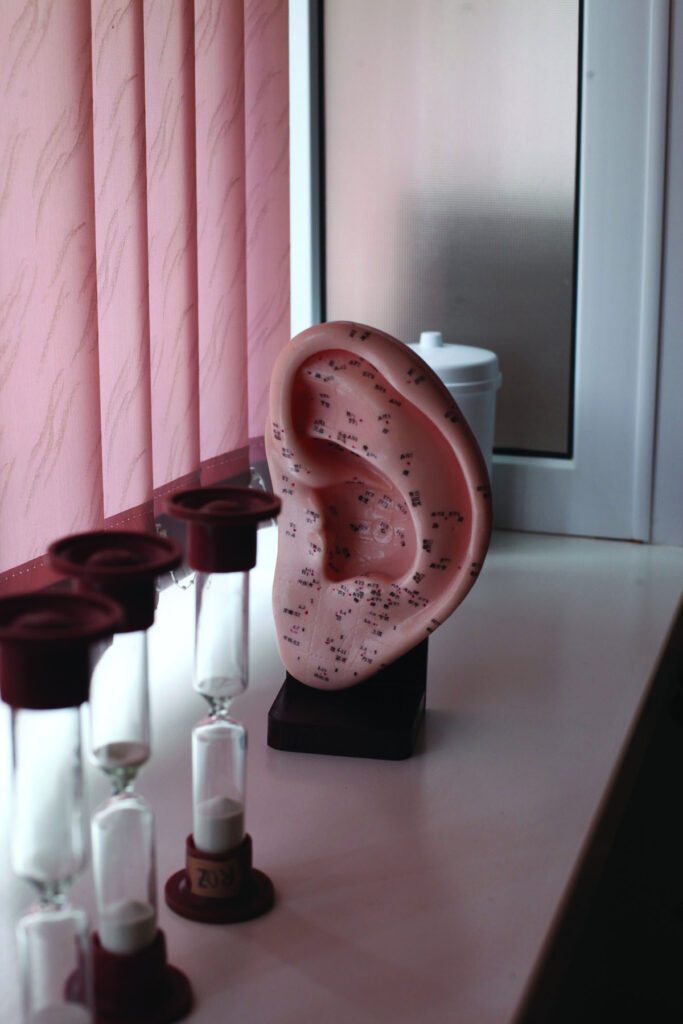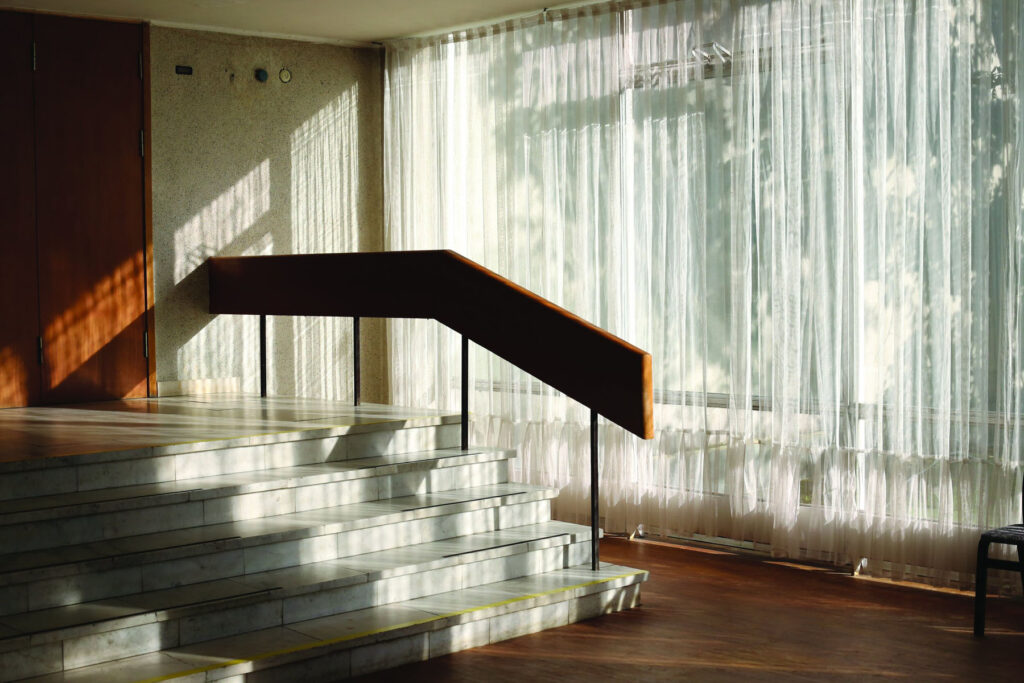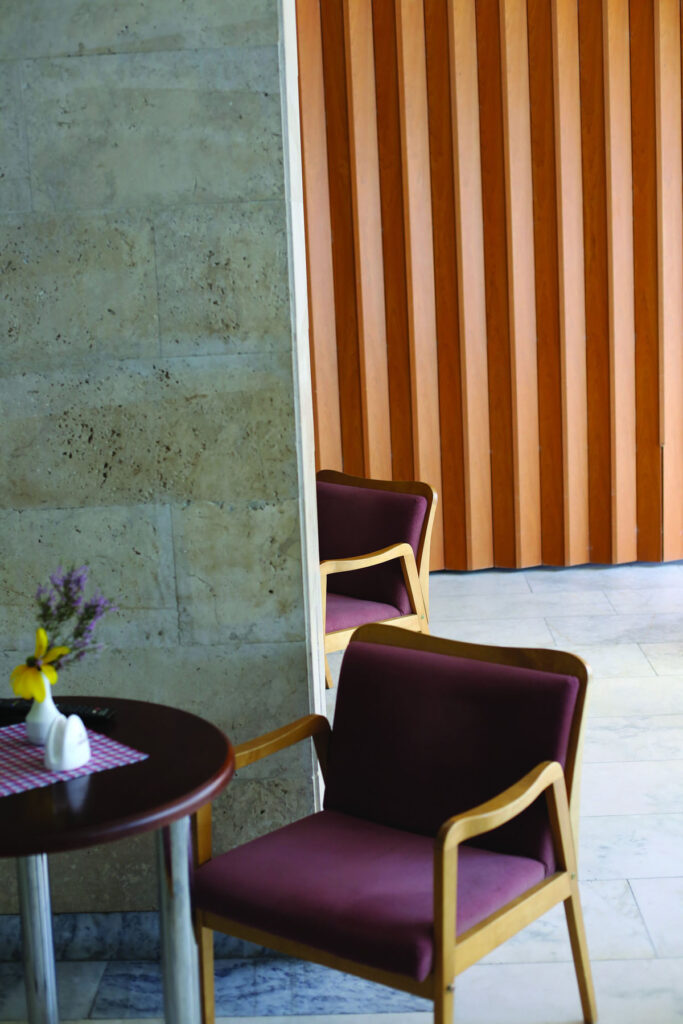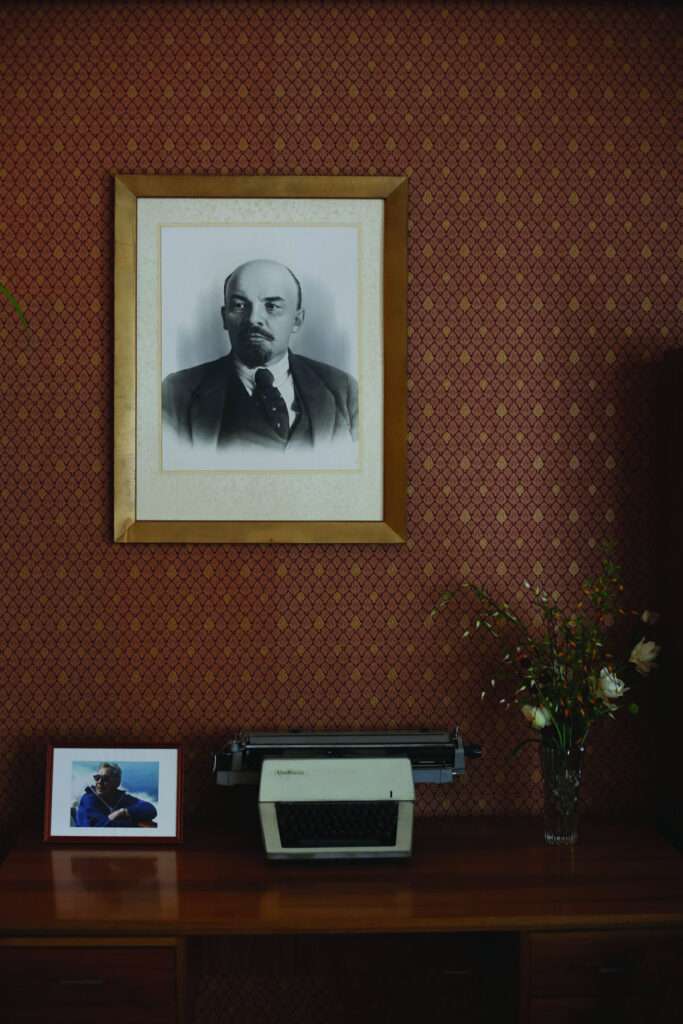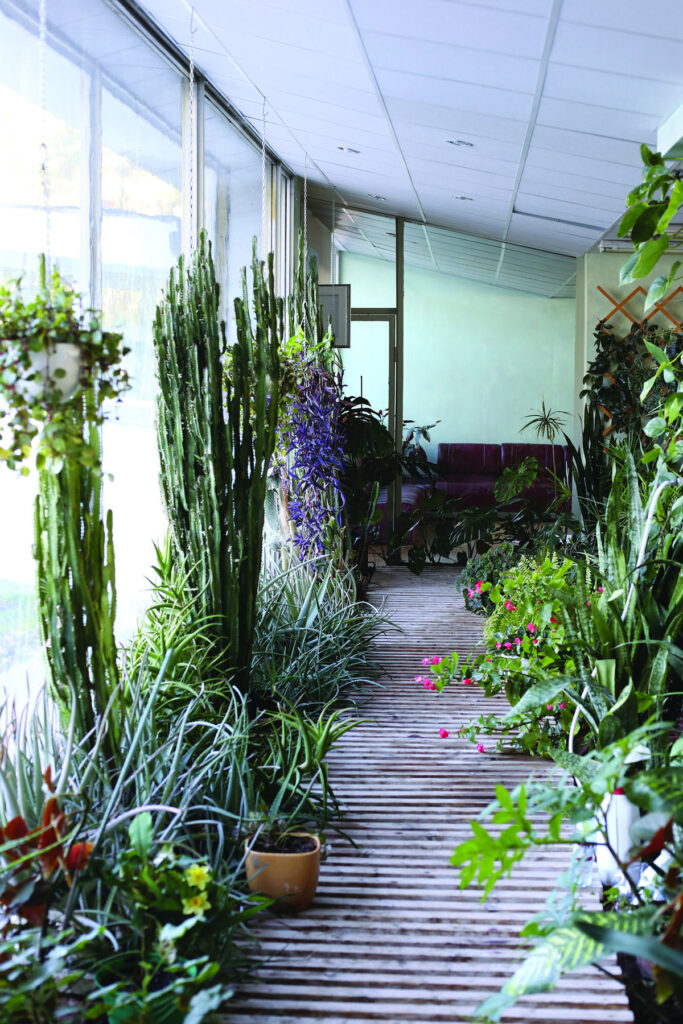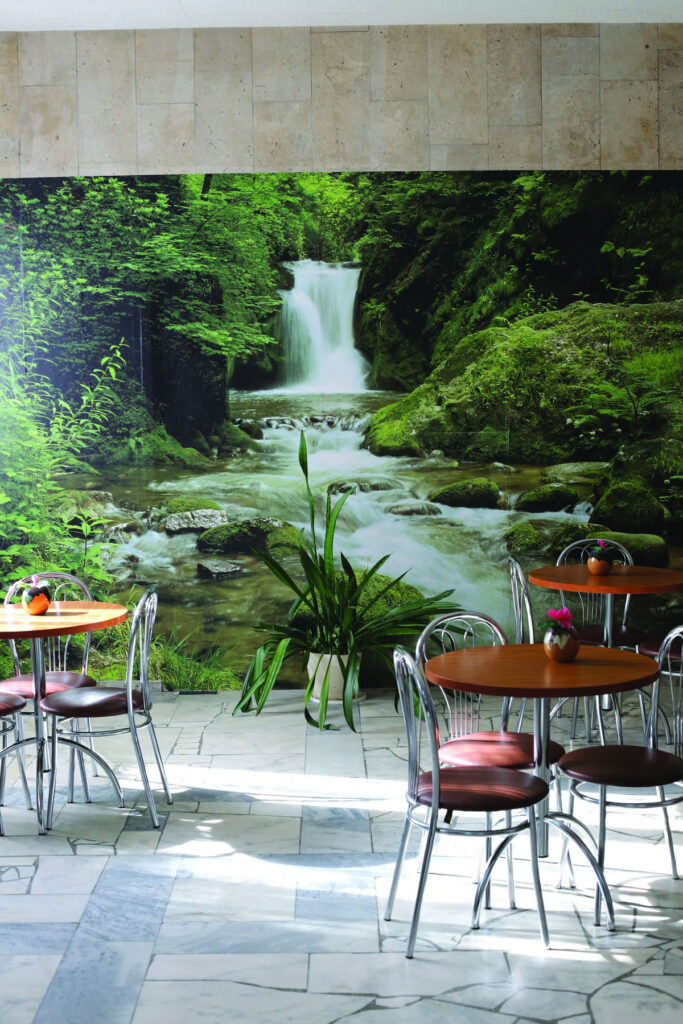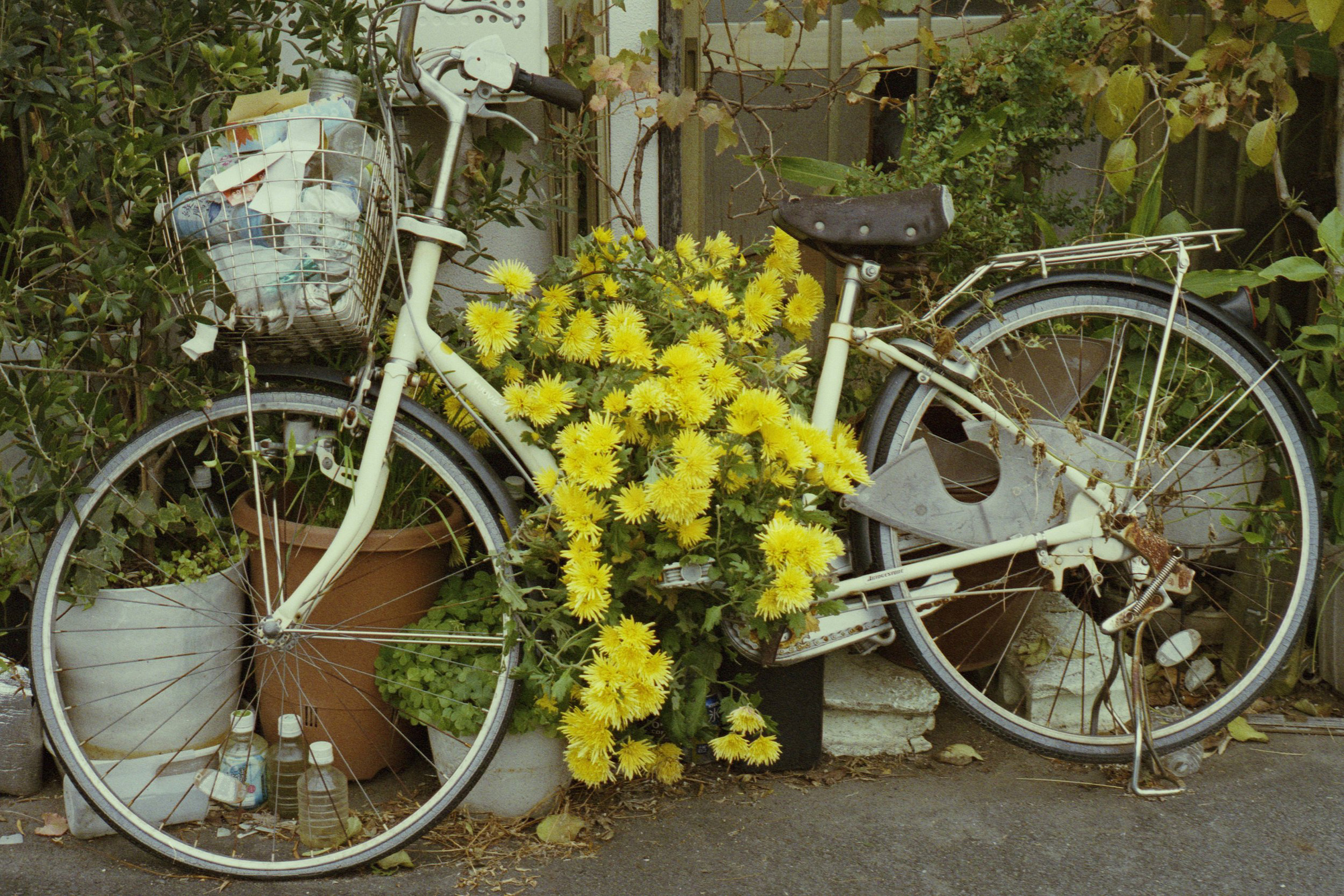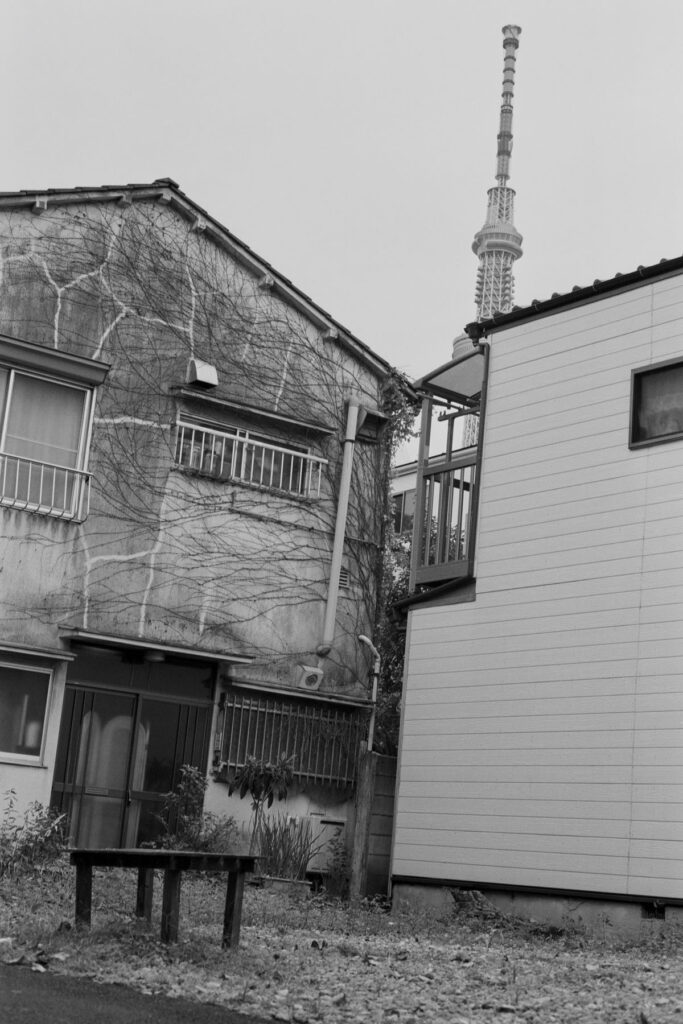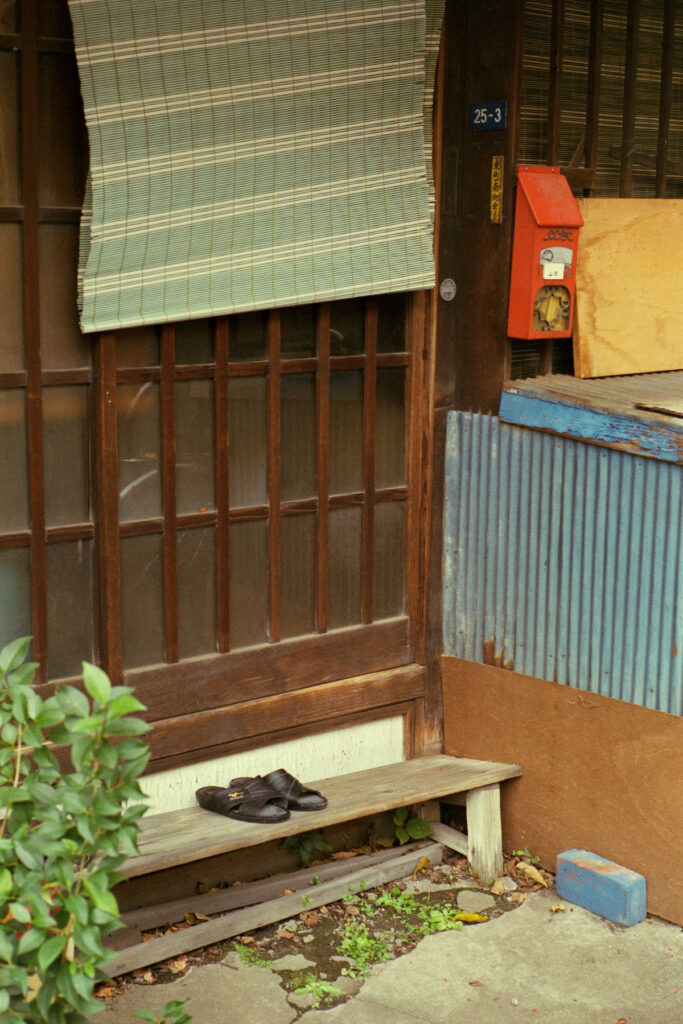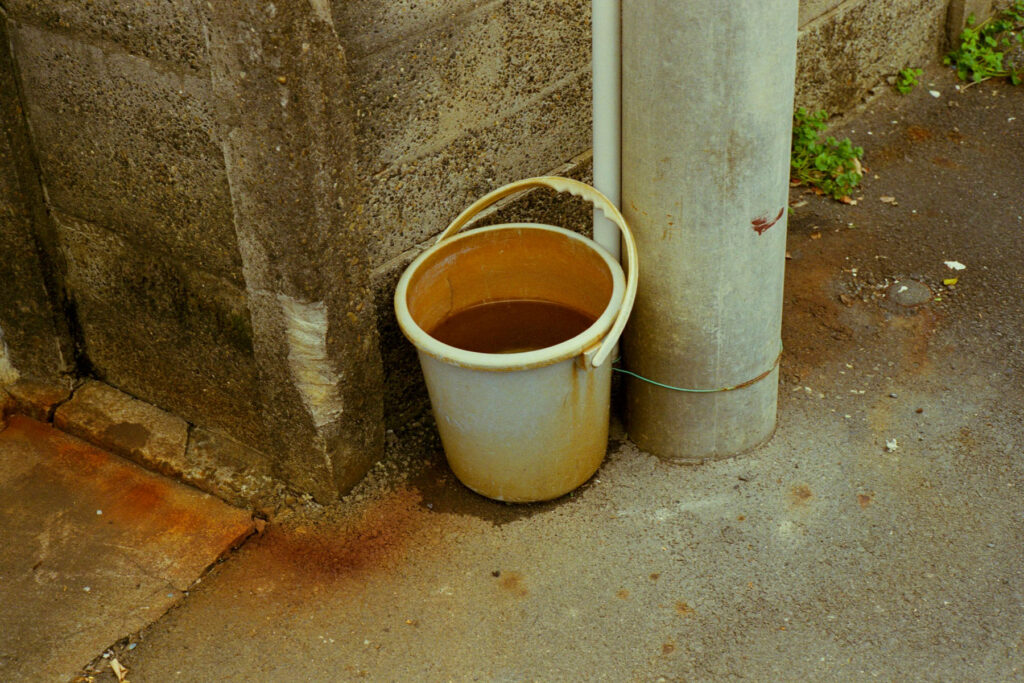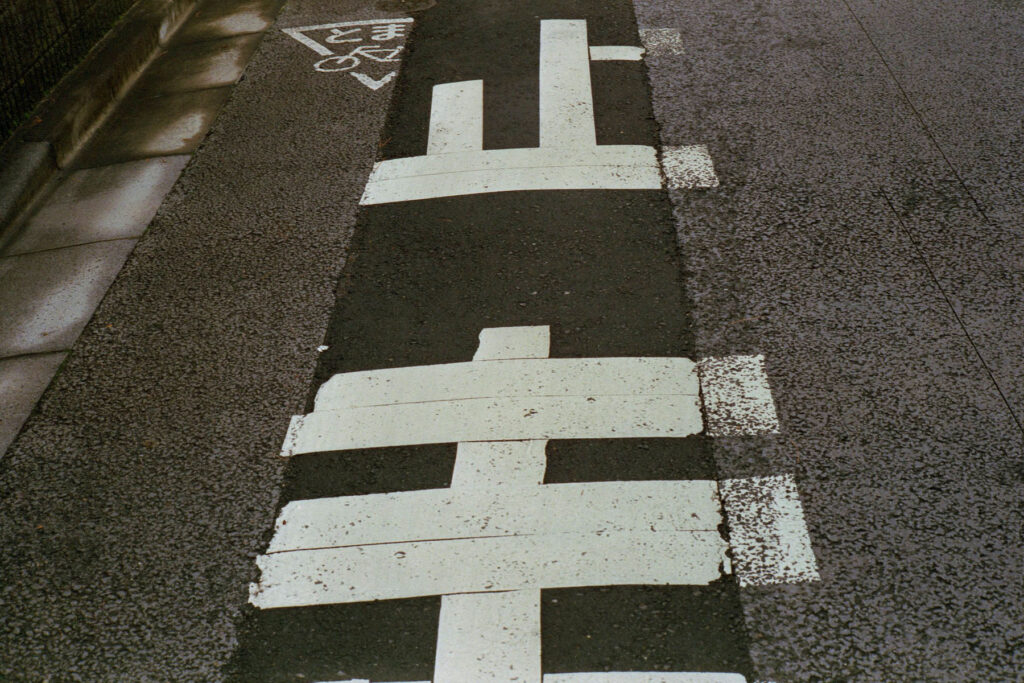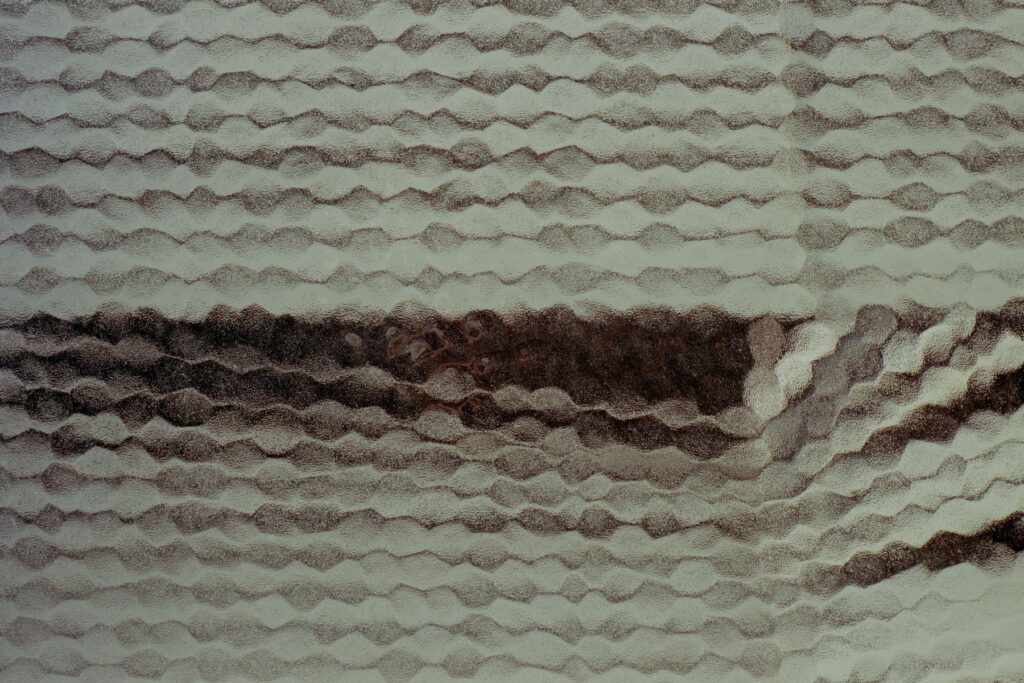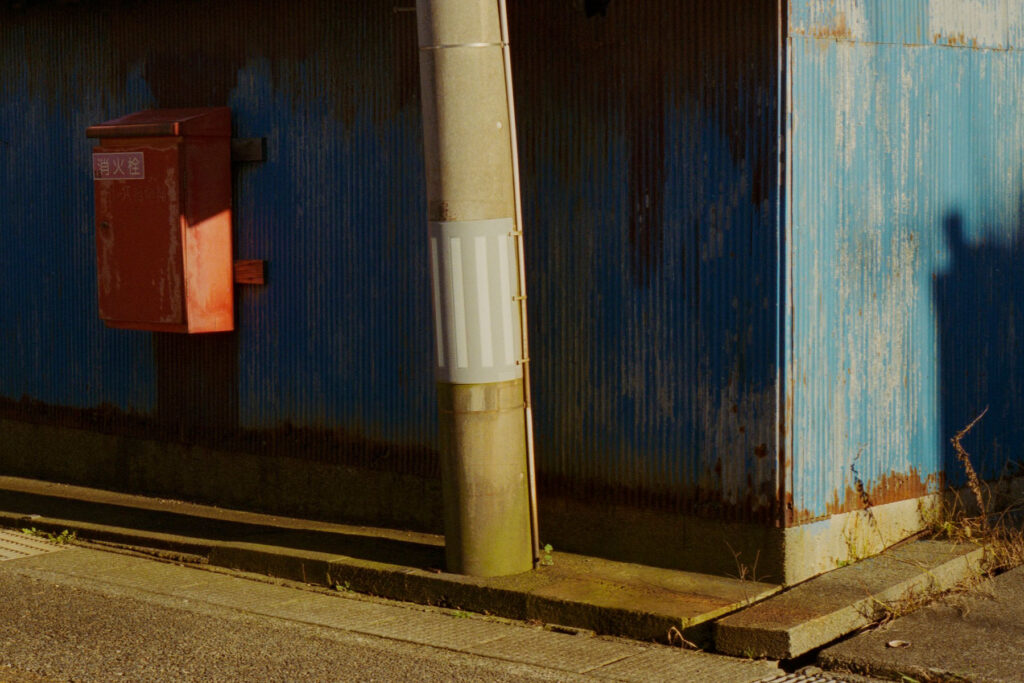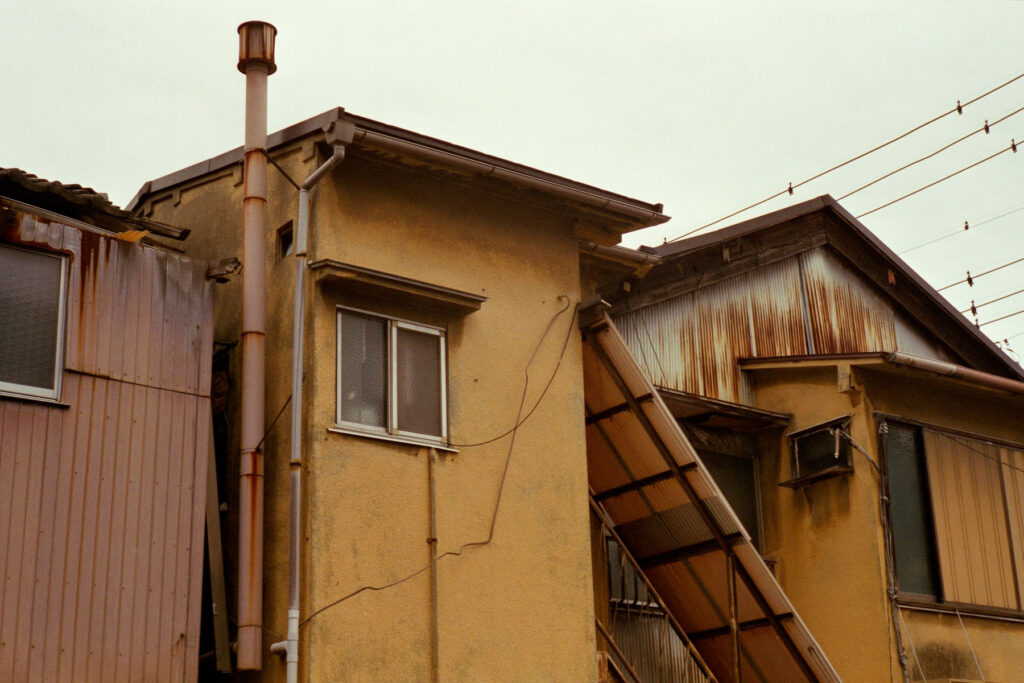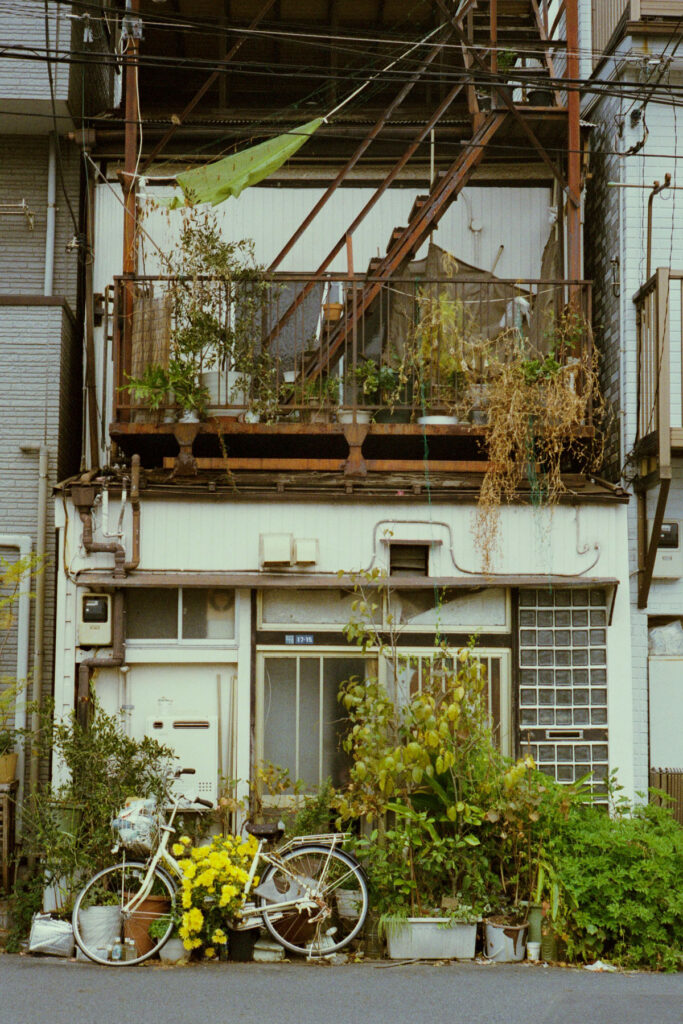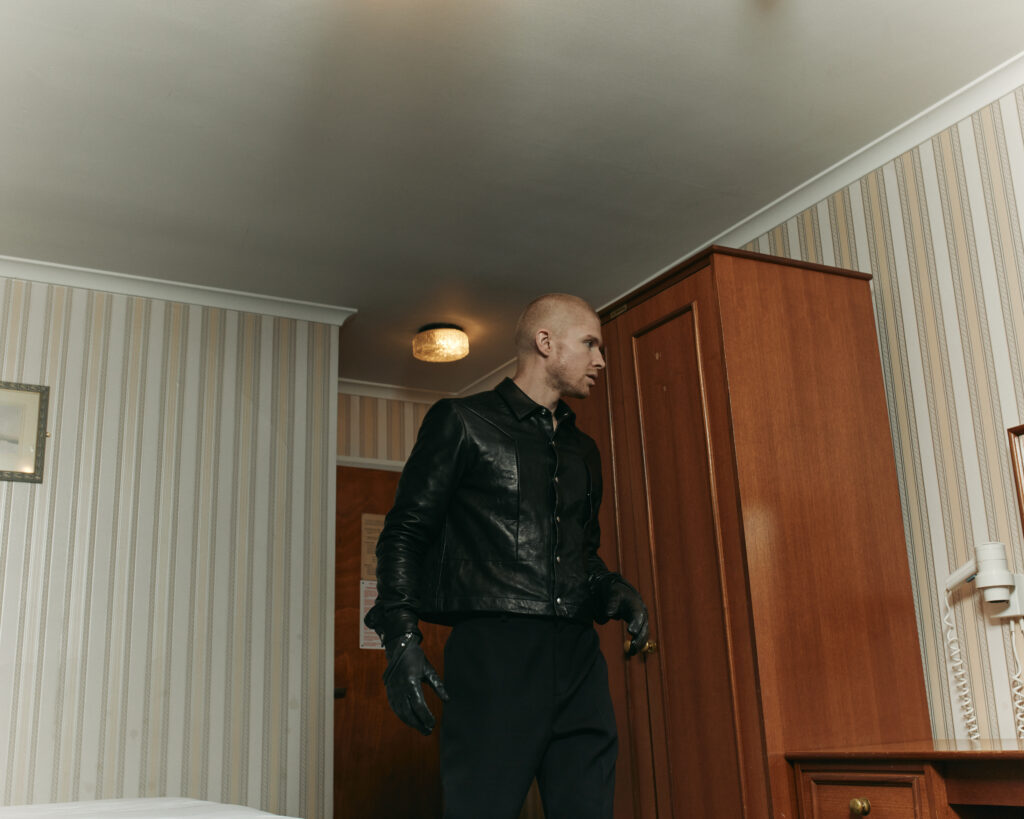
Chemical Wedding
NR is excited to announce the premiere of ‘Chemical Wedding’, a music video by multidisciplinary artist iagö. The lead track and namesake song features North London rapper Tommy Saint. iagö is known for merging his tracks and the visual arts in a process that focuses on the artwork as a whole rather than just the sound he produces.
‘Chemical Wedding’ was directed by Dom Sesto with iagö taking the lead on the creative direction of the project produced by PRETTYBIRD. With its distinctive fusion of musical styles, and the heady hypnotic choreography of the video ‘Chemical Wedding’ transports you into a new space where you can fully immerse yourself in the sound and the visuals that iagö has created. NR joins the artist in conversation.
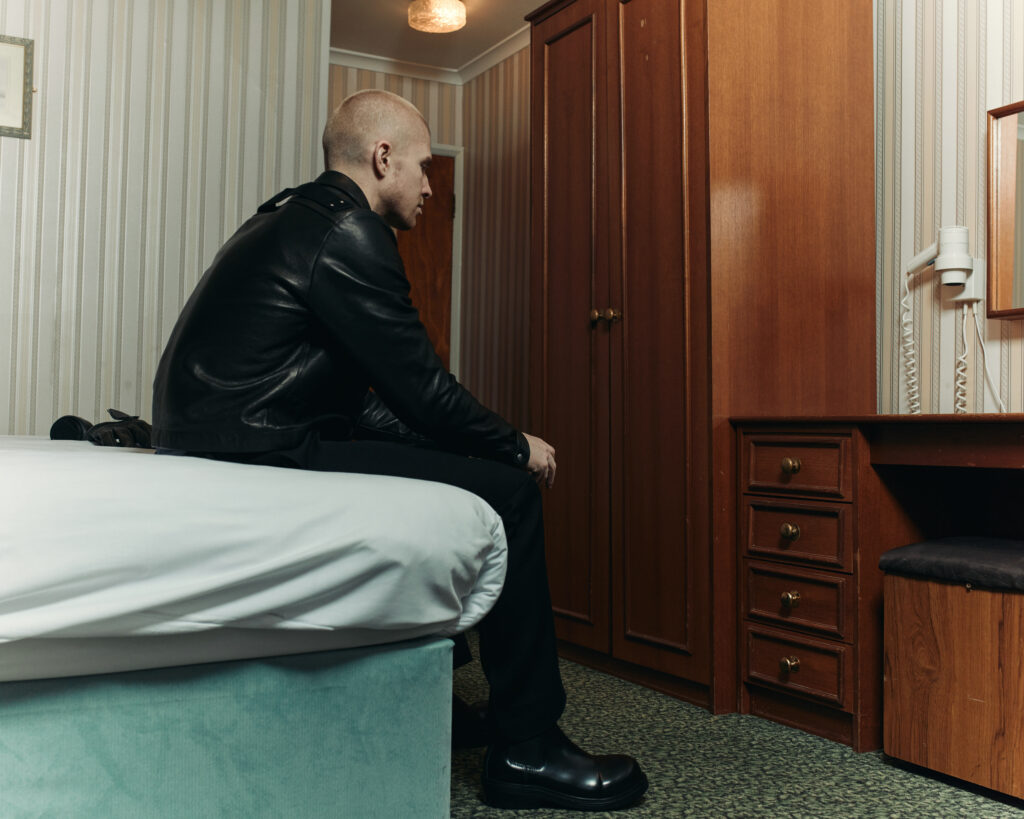

Where do you get your inspiration for your music from?
As I come to think of it, I have to acknowledge my childhood. Growing up there’s such an increased level of sensitivity to certain things, from emotions to characteristics, visuals and sound. The likes of Jean-Michel Jarre to Joy Division, come to mind.
The exposure to these different sonic and visual languages, certainly set the foundation for why I’m drawn to certain worlds, even if subconsciously.
Presently though, the strive to create is really rooted within a conceptual framework. The idea is to develop a narrative in which I can begin to conduct a story through sound. This latest project “The Chemical Wedding” really acts as a testament to my love for the early works of Philip K. Dick and Fitz Lang’s ‘Metropolis’. This was the catalyst to “Chemical Wedding” and the birth of the project as a whole, a reference to the first sci-fi novel written in 1616.
Did you have any challenges when working on “Chemical Wedding” and if so how did you overcome them?
As with most creative pursuits, there are always moments where either absurdity or self-deprecation creeps in. I’m surprised we’re even talking, and the project has cemented itself into reality. Sorry, I digress…
The narrative which was set before I began recording really acts as a soundboard during the writing and production process – the safe house, if things take a turn – and a place for inspiration.
The record really expresses where my head’s been at.
“There’s truthfulness, integrity and sincerity.”
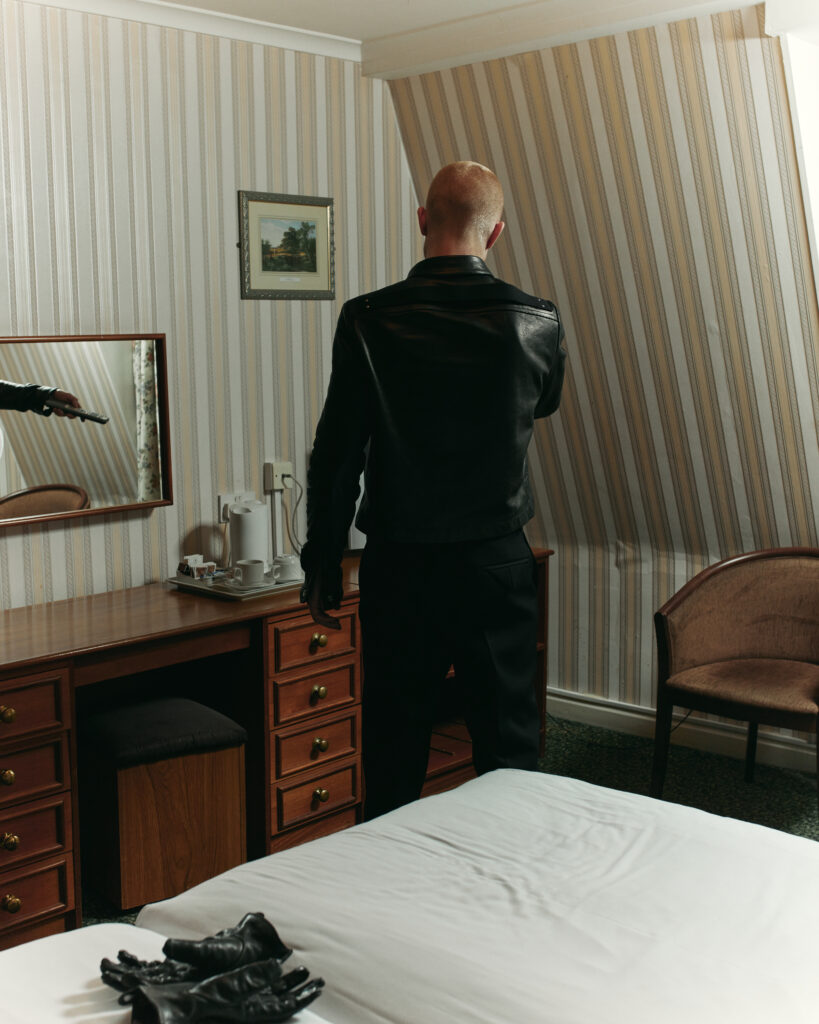
How did the collaboration with Tommy Saint come about?
“Chemical Wedding” was the first thing I recorded for the project, so I really aimed for it to be that pivotal moment in the story, the crescendo in which the plot shifts. Tommy really acted as the main antagonist.
The collaboration itself grew through a relationship I had with a previous collaborator. I knew from Tommy’s work that he’d depict the angst and energy that was necessary.
There is a lot of focus on the body and movement of the body in this work, what was the creative motivation behind this?
The influence from “The Chymical Wedding of Christian Rosenkreutz” – which is believed to be the first sci-fi novel – really played into this notion. In essence, the story depicts the symbolic representation of birth, survival and death; life is represented as a circle because it’s a constant loop. People are constantly born and constantly dying.
There’s a spiritual element to this circle, however: the end of one’s existence is not necessarily the end of life altogether. An invitation for the viewer to pull their own meaning.
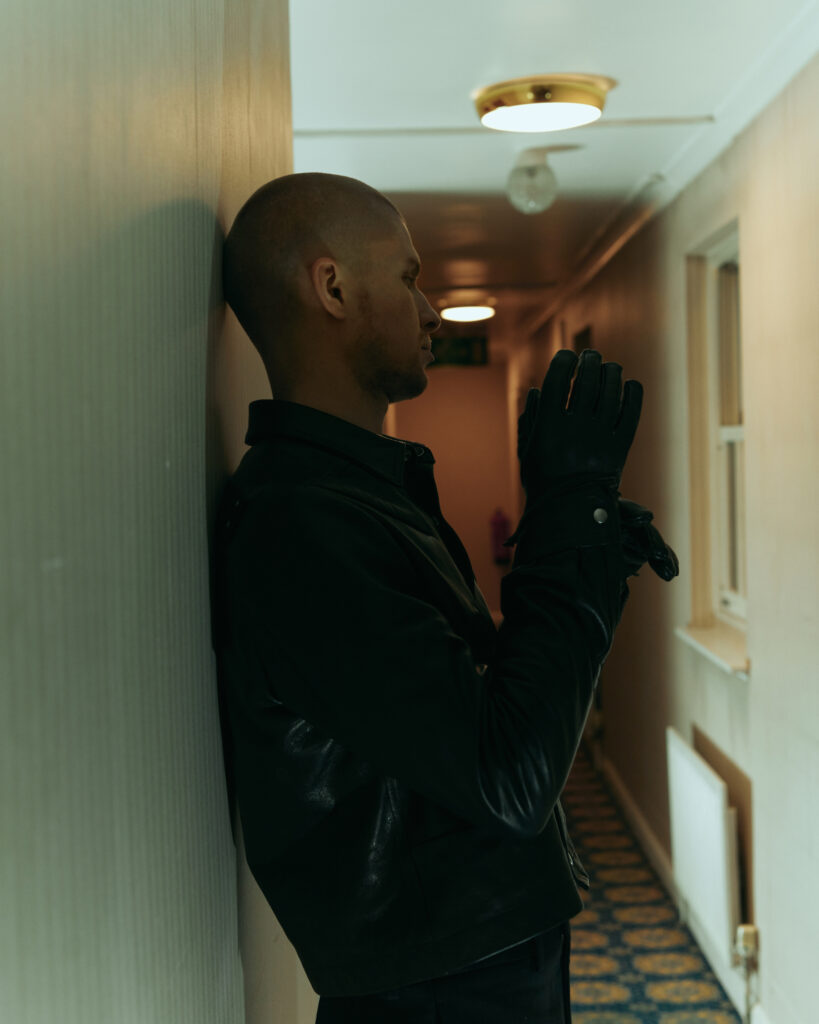
What advice do you have for young creatives who are looking to work in the music industry?
Remain honest and pure with your intentions, both in terms of your creative output and in who you are.
“There will be moments of insanity but also euphoric joy as you fly through the seventh heaven at 6 AM. It’ll be ok…”
Although, I’m still figuring it out…
Interview · Nicola Barrett
Photography · Angelo Domenic Sesto
Styling · Harry Crum
iagö wears trousers and boots BOTTEGA VENETA, vest PATRICK MATAMOROS and gloves 0HIDE
Follow iagö on Instagram and Soundcloud
